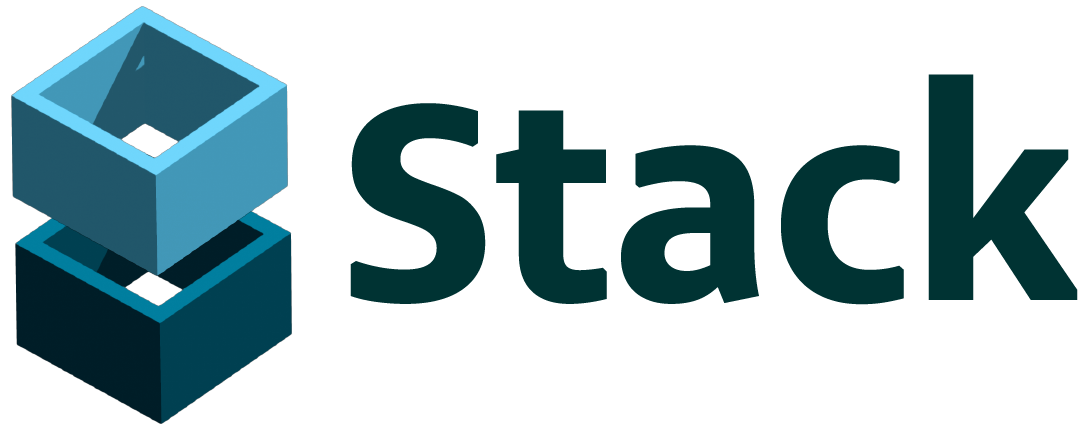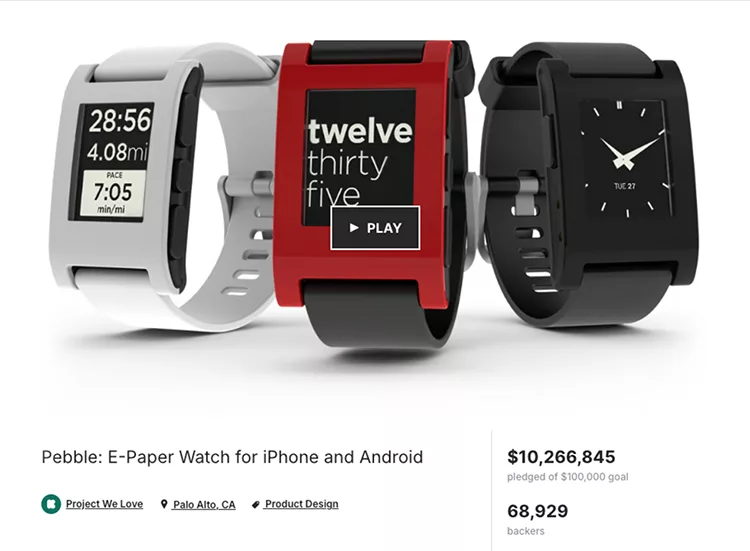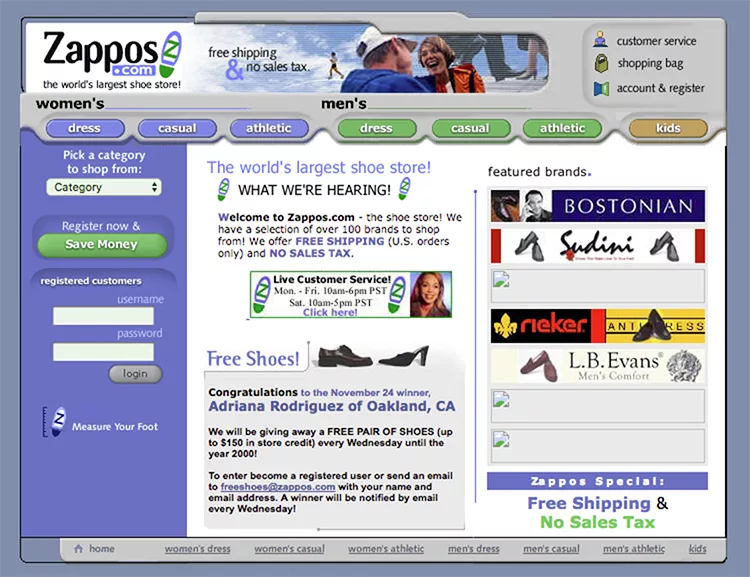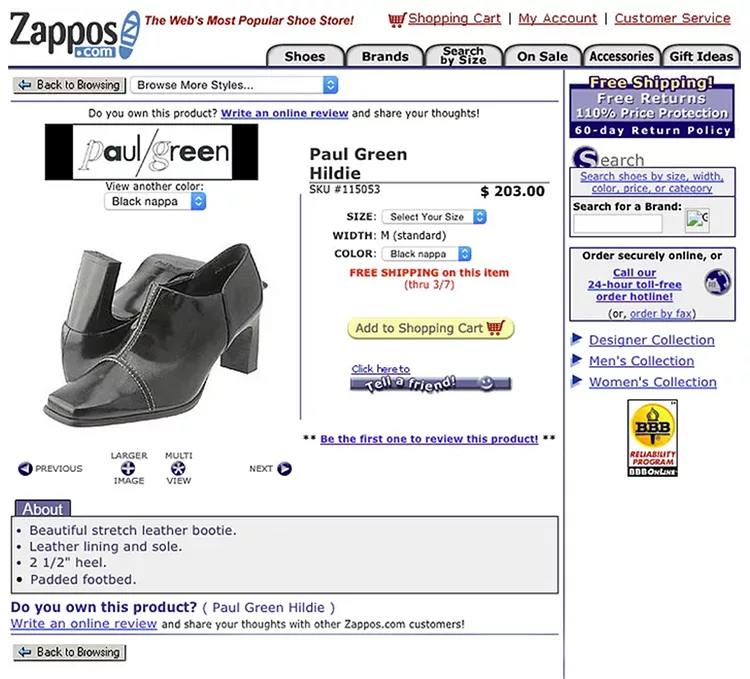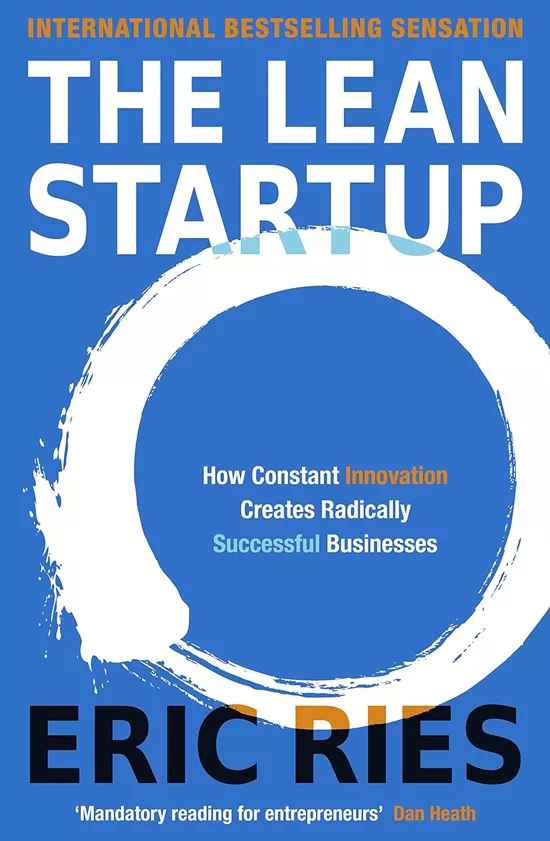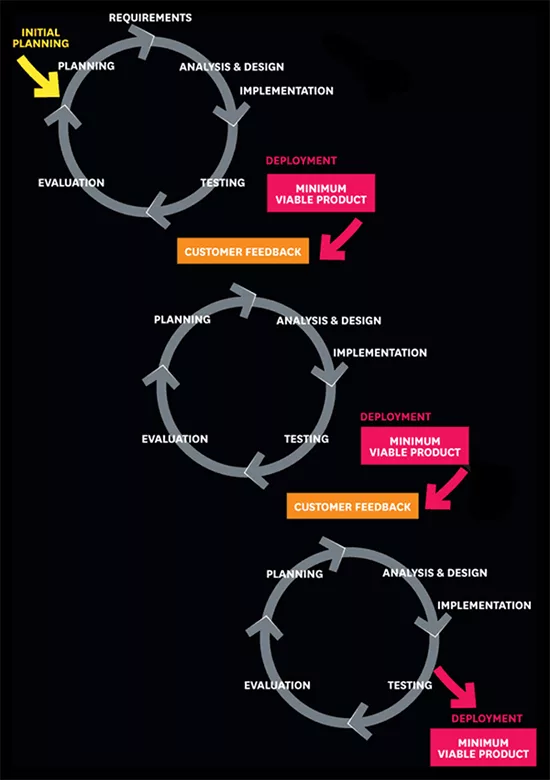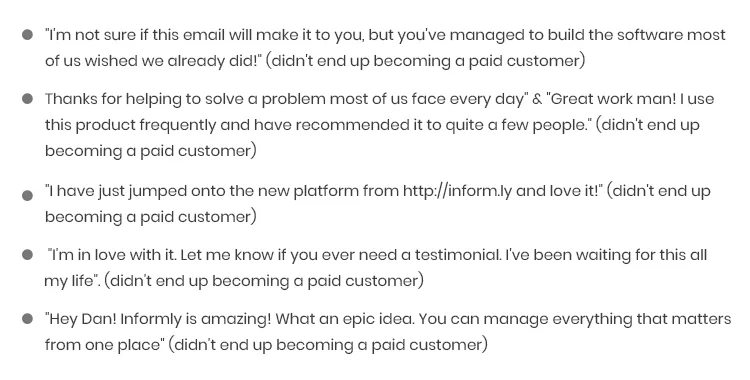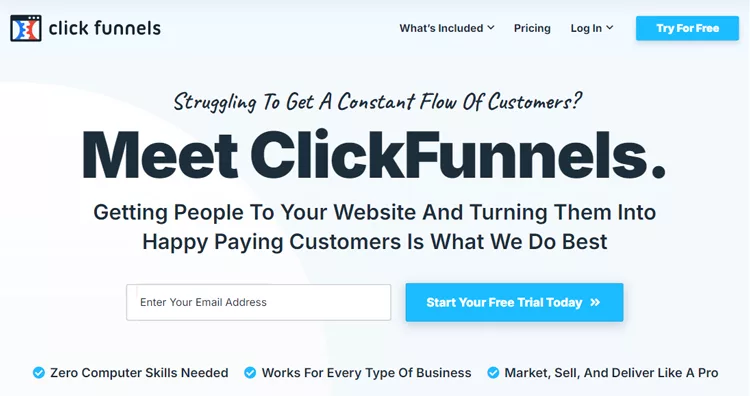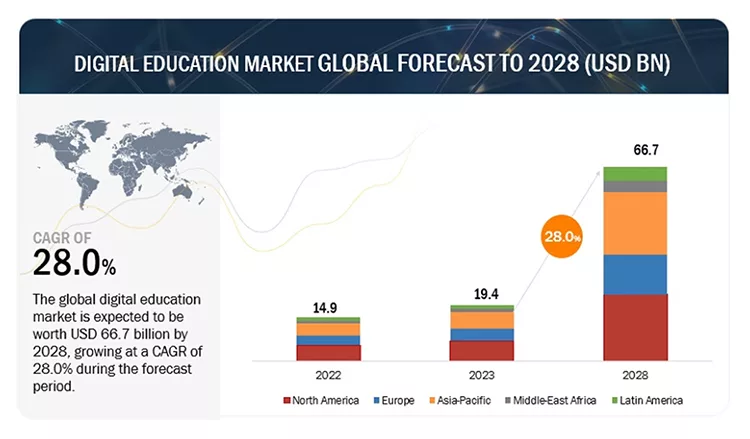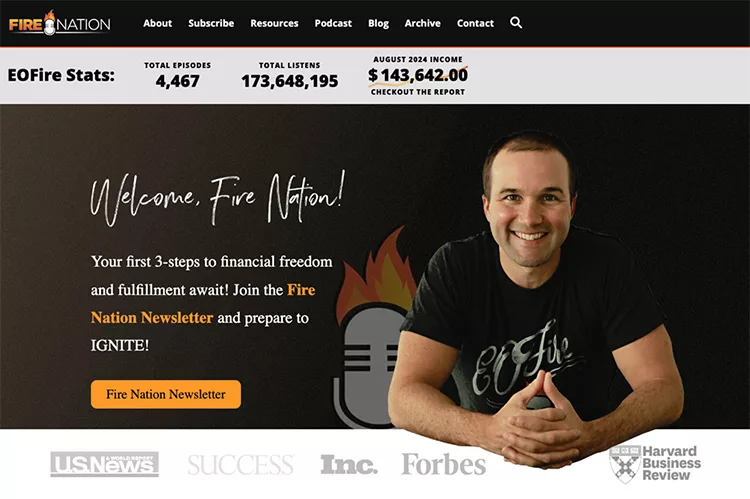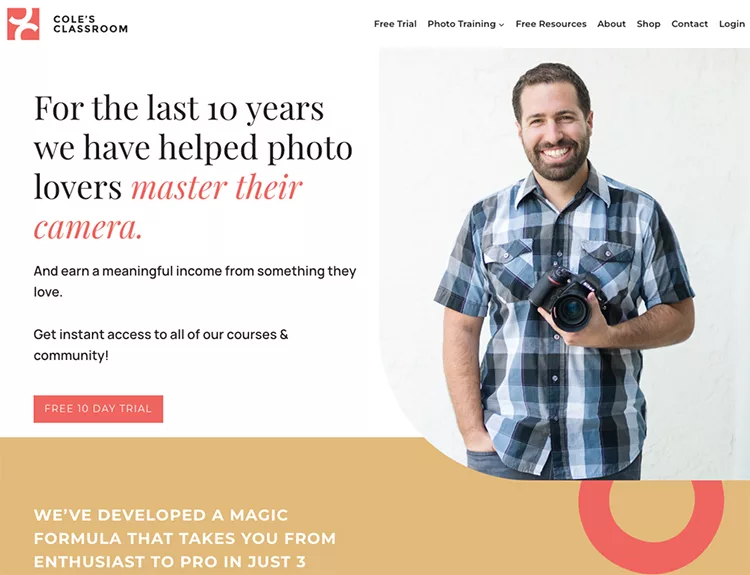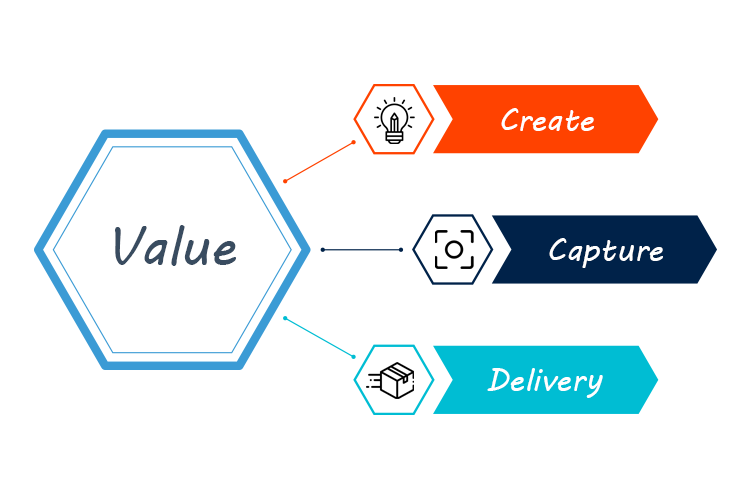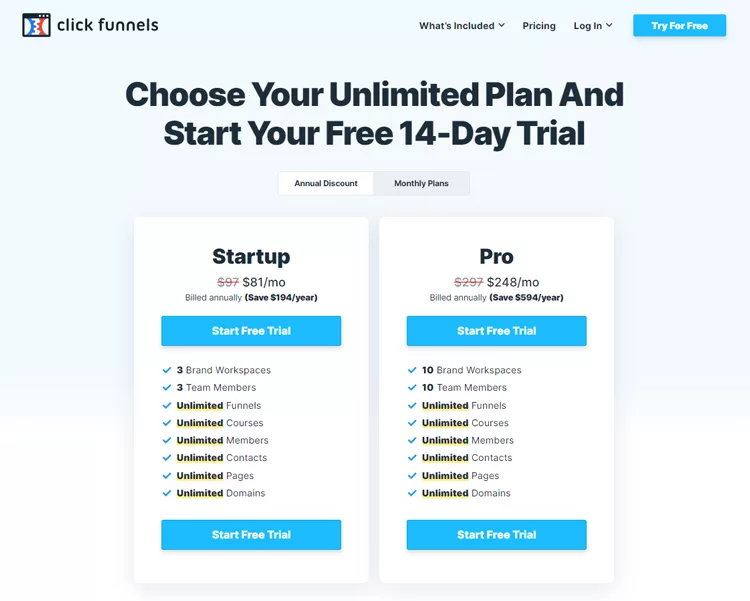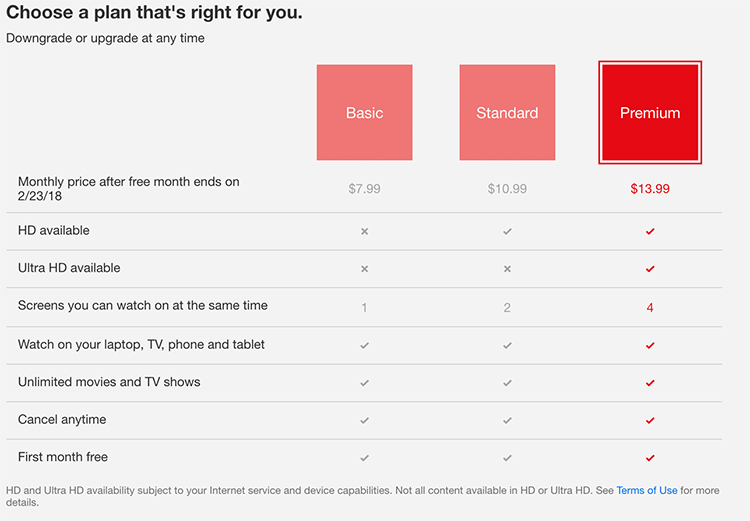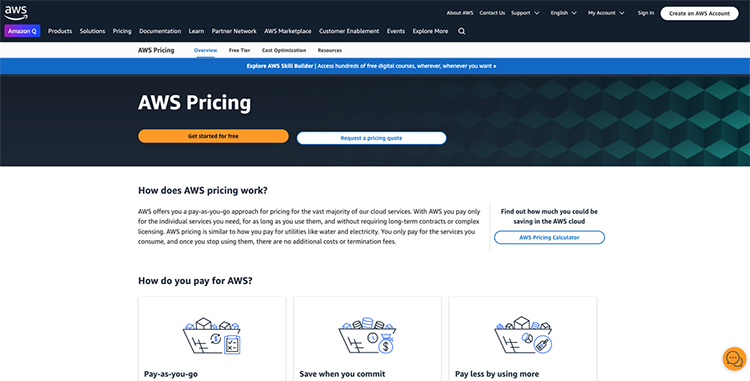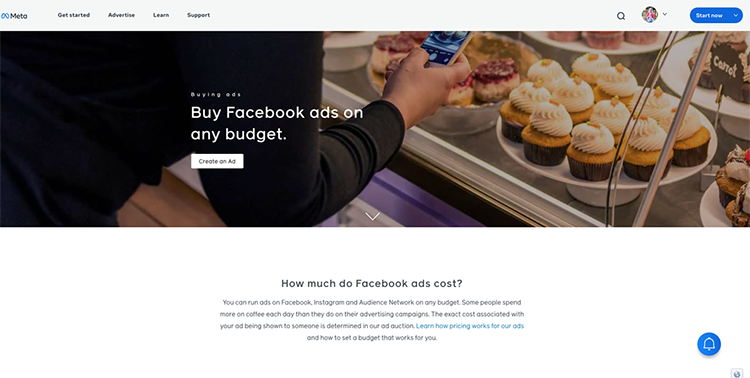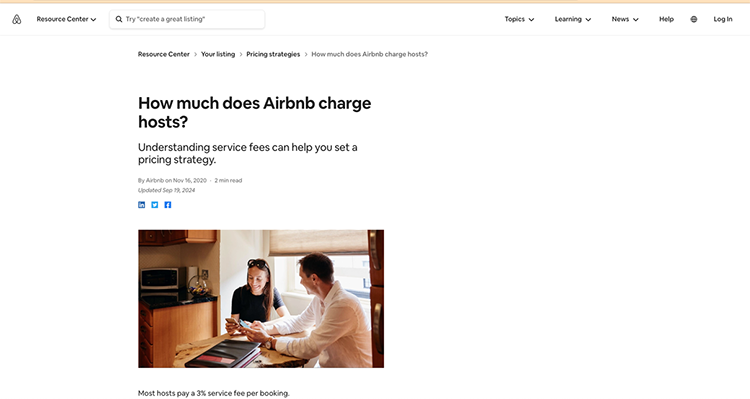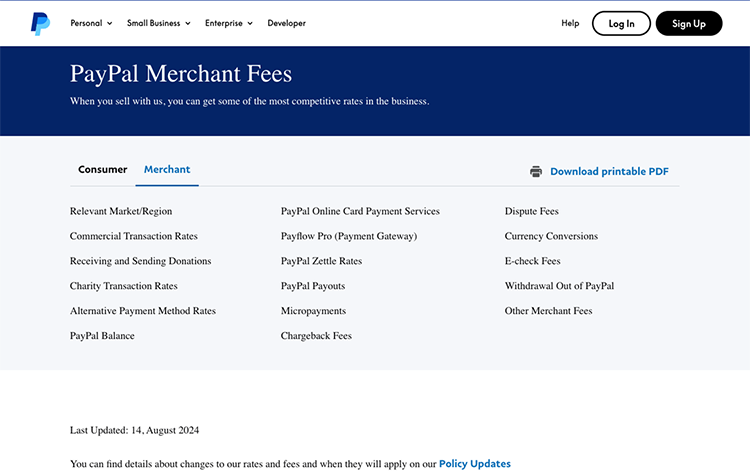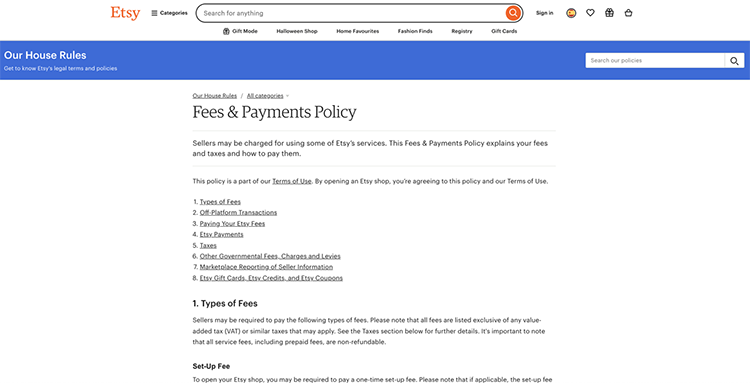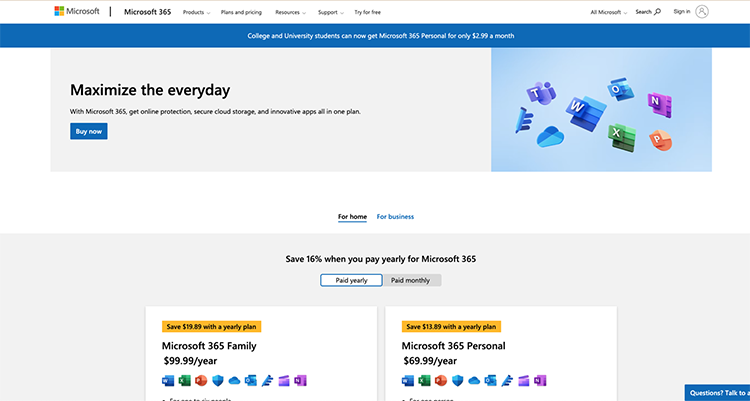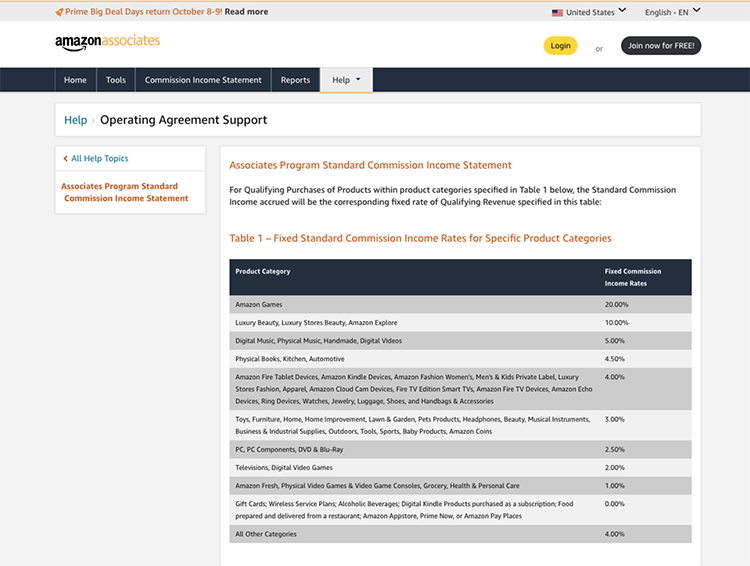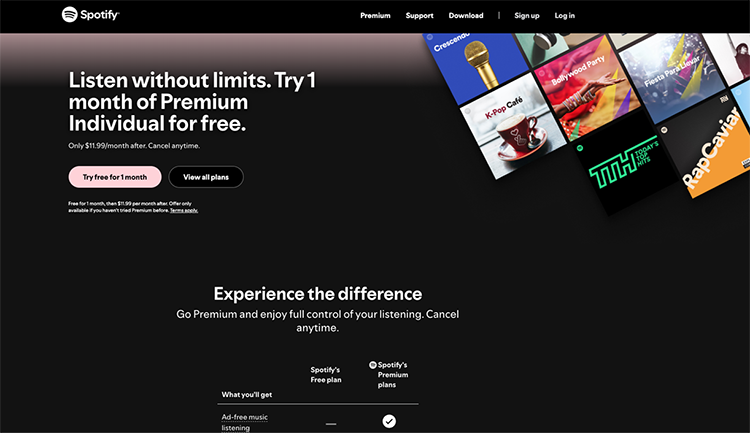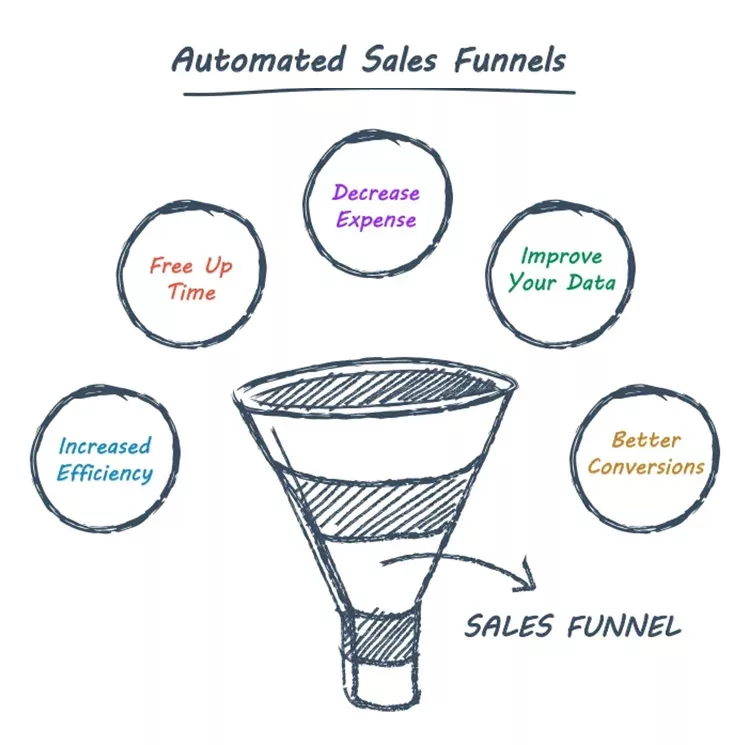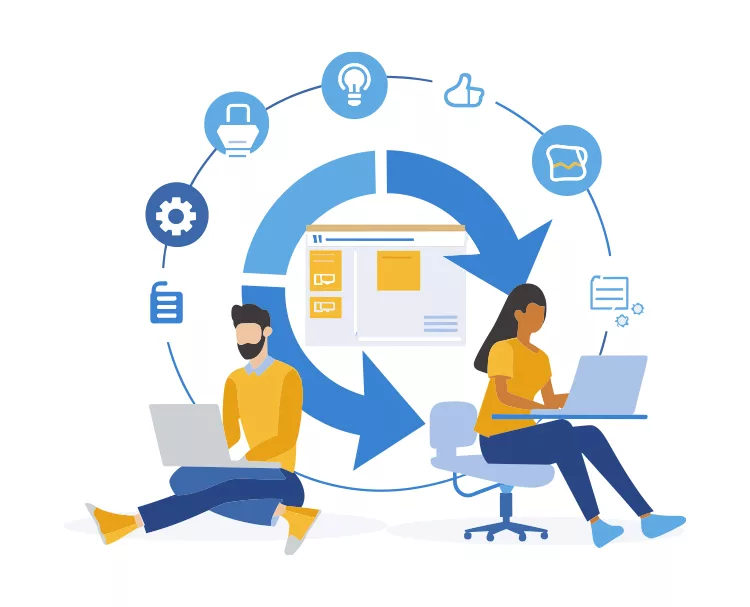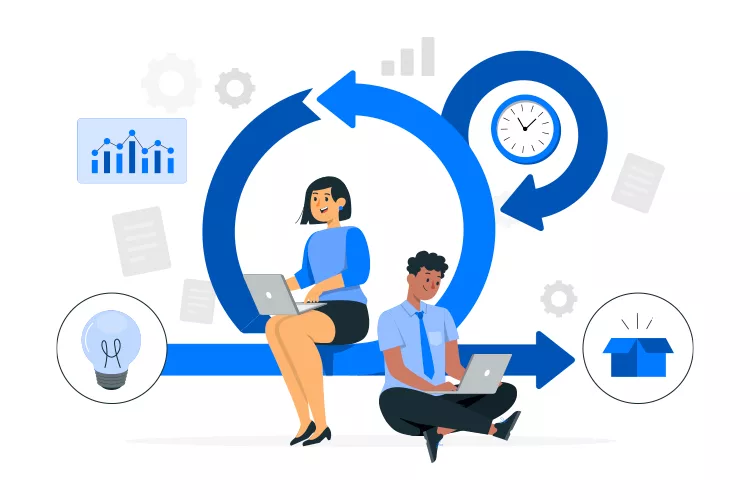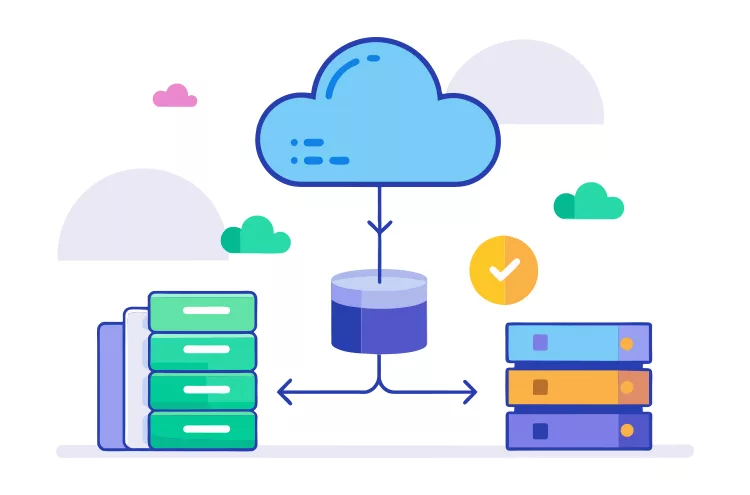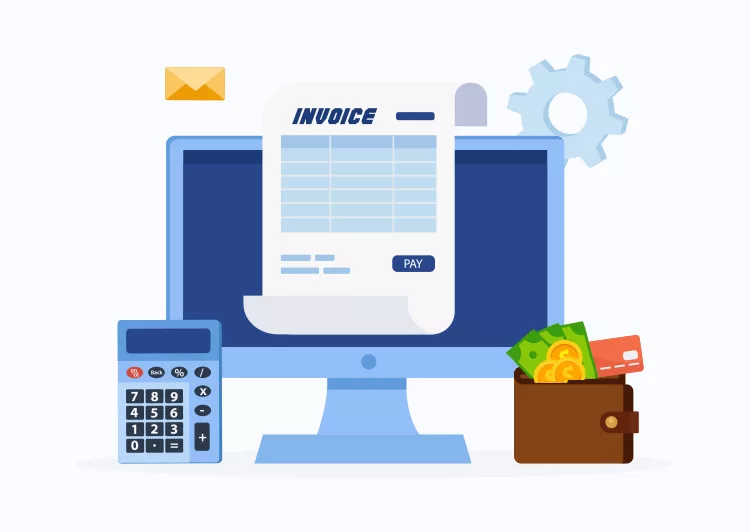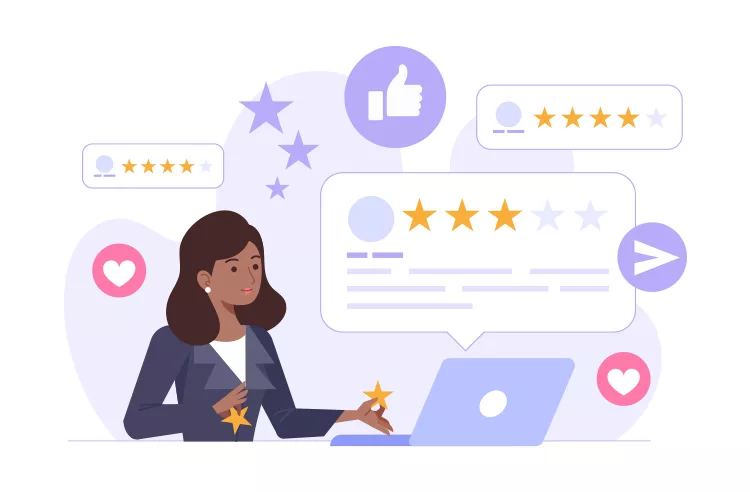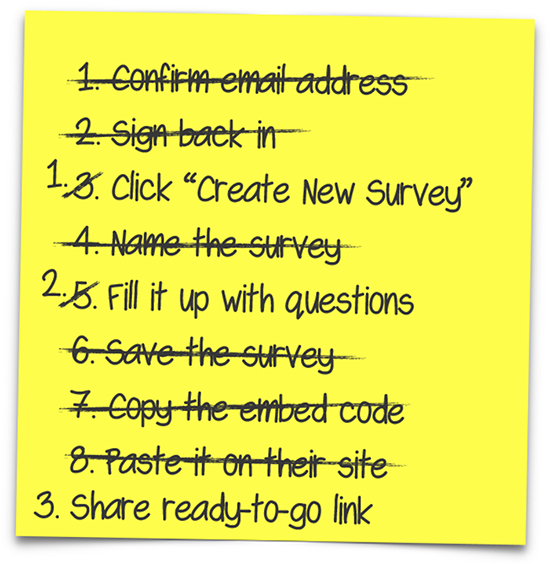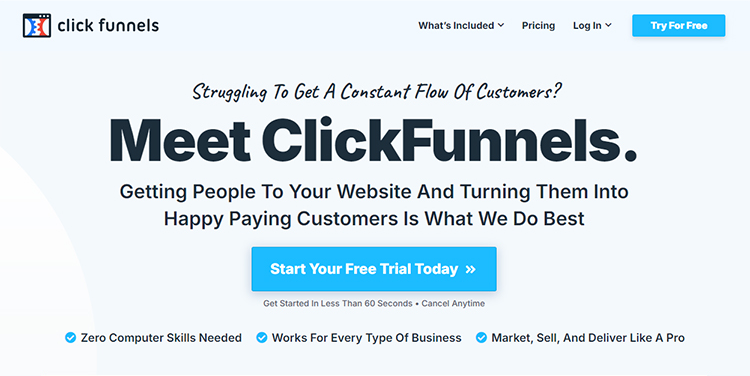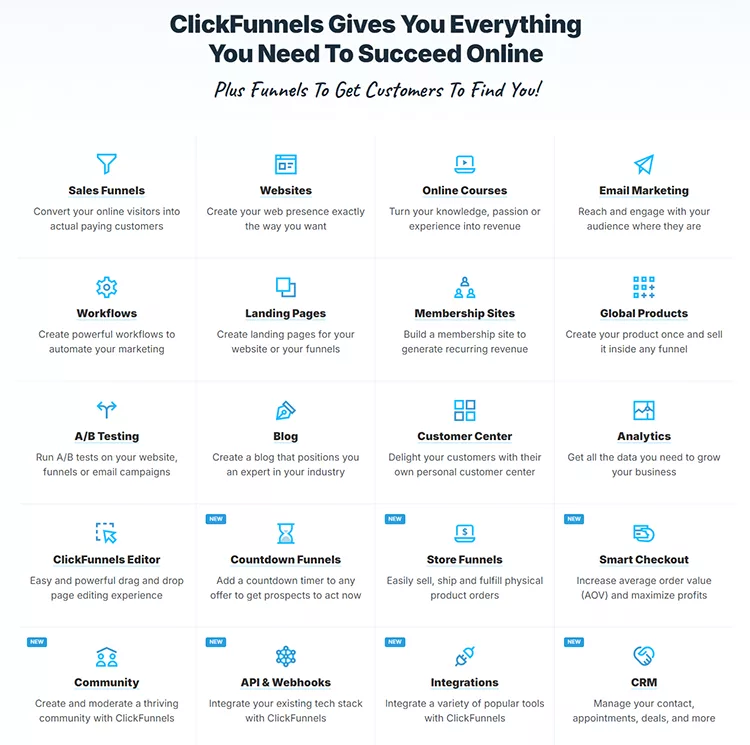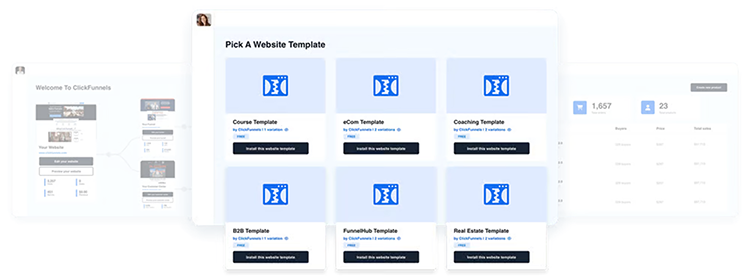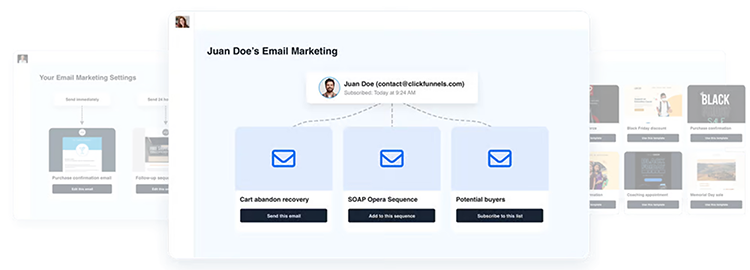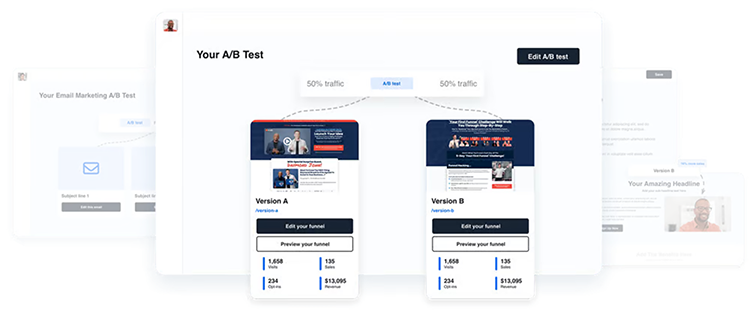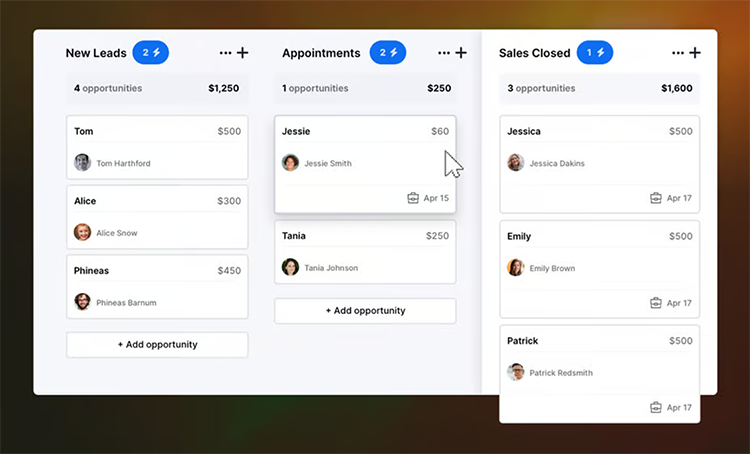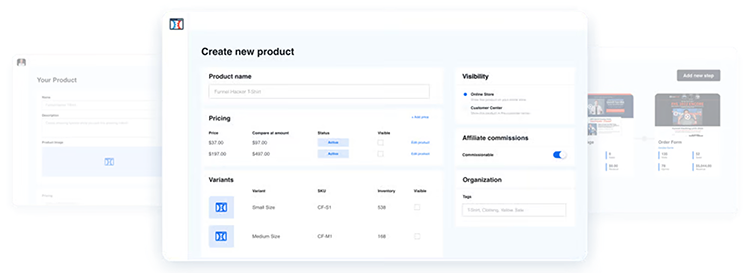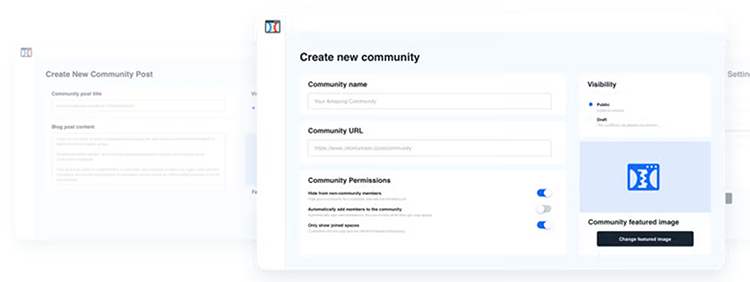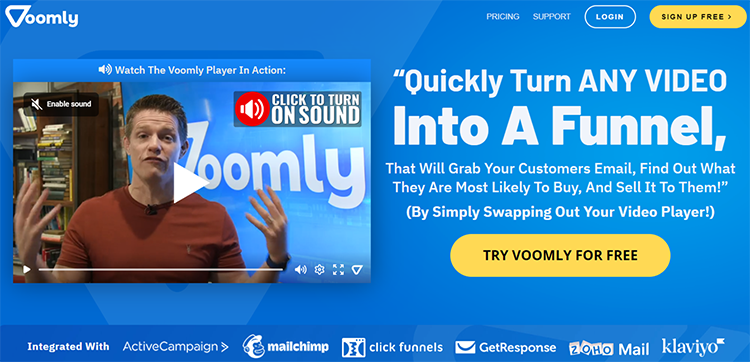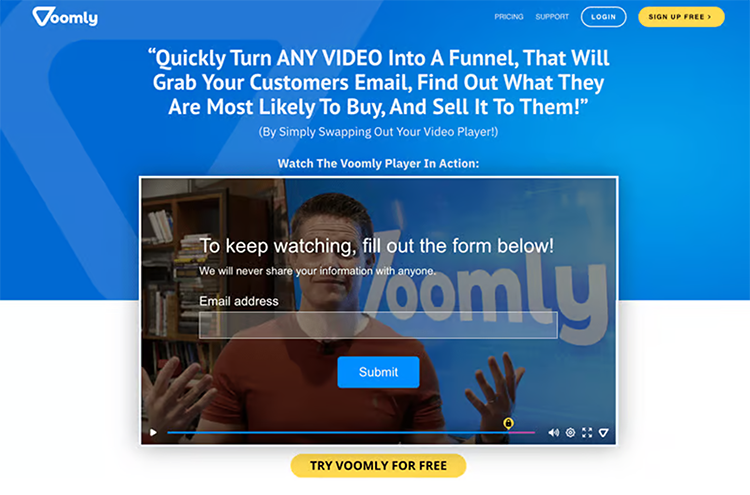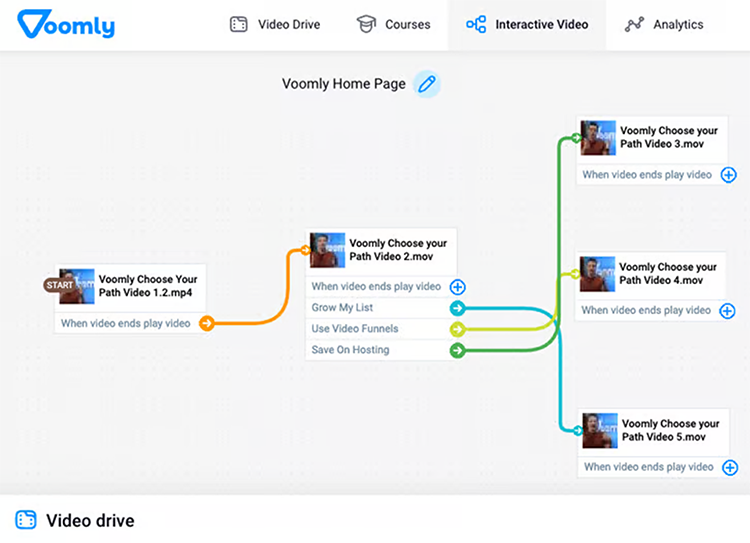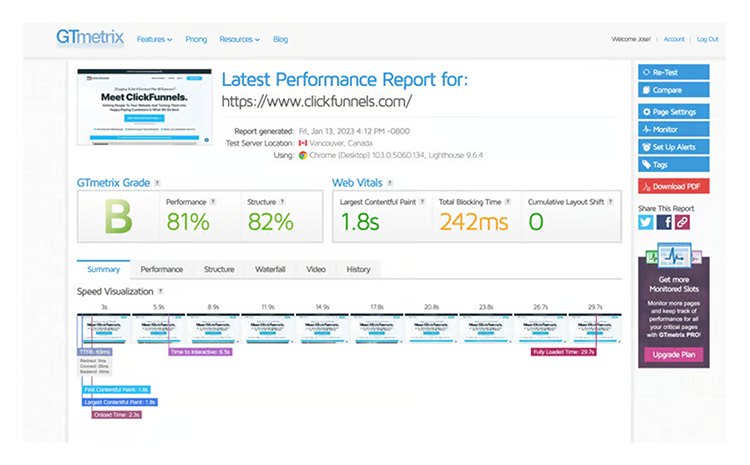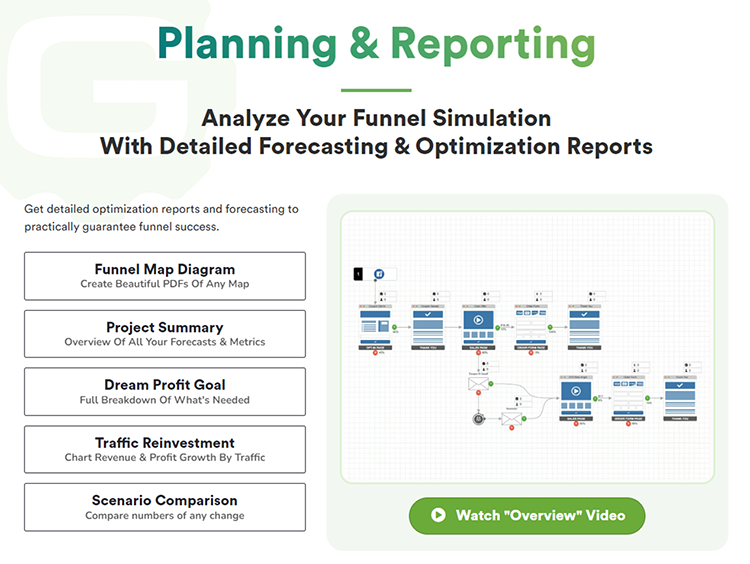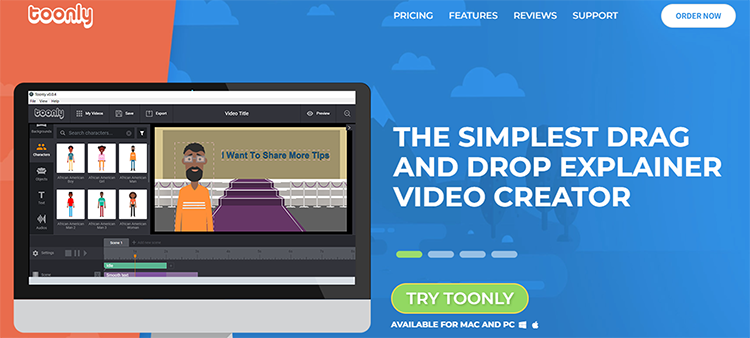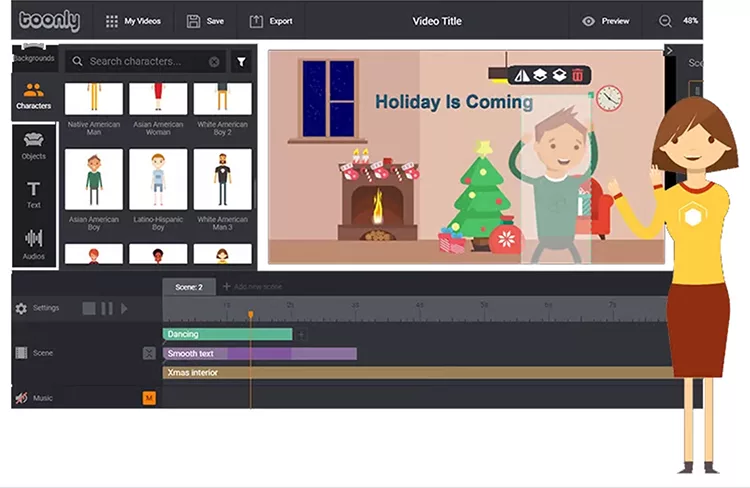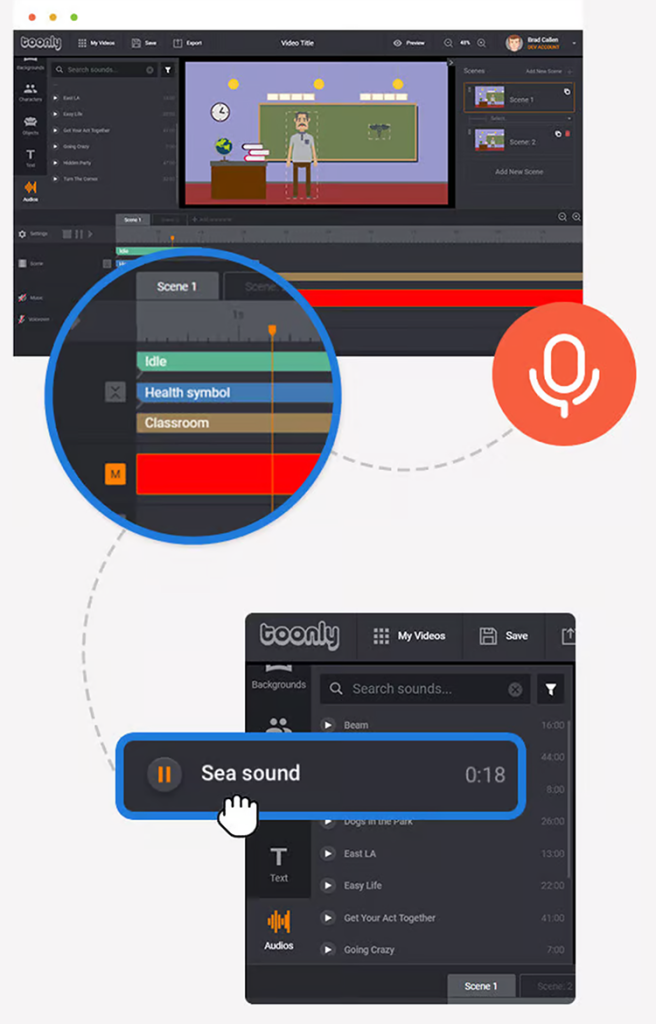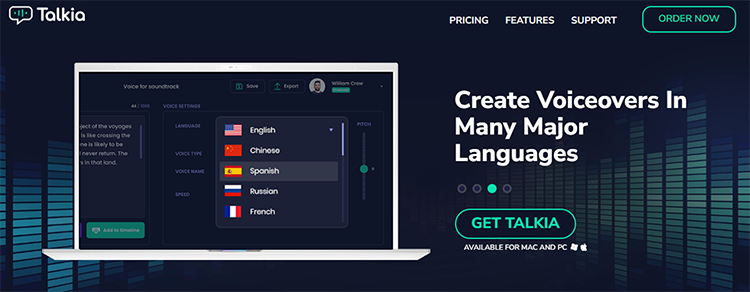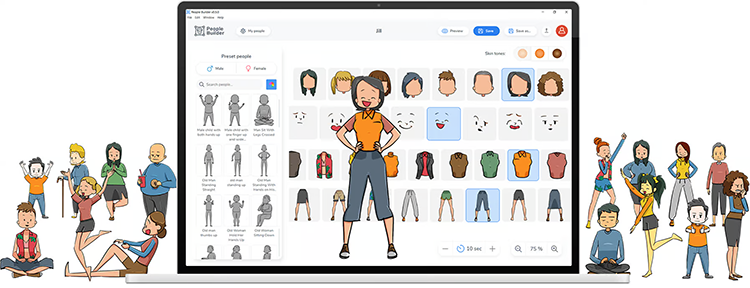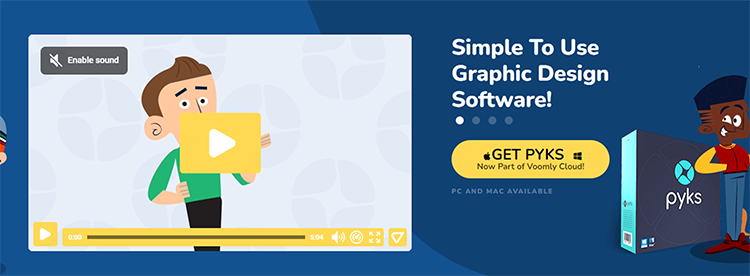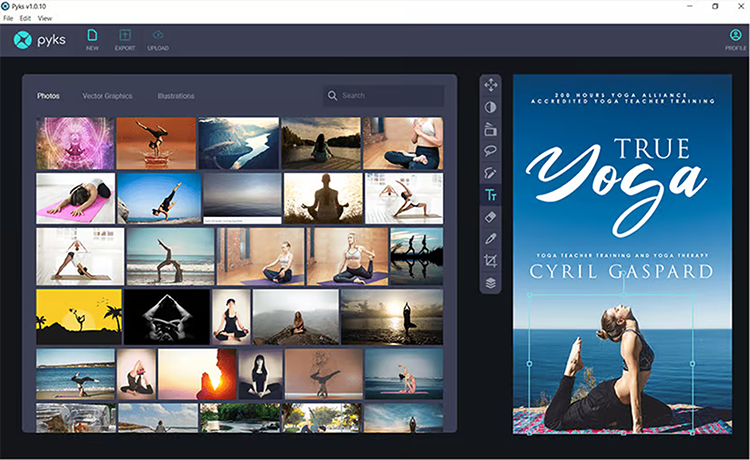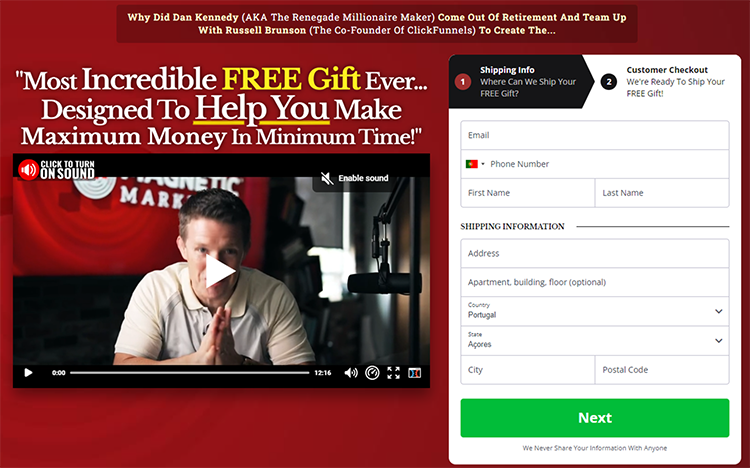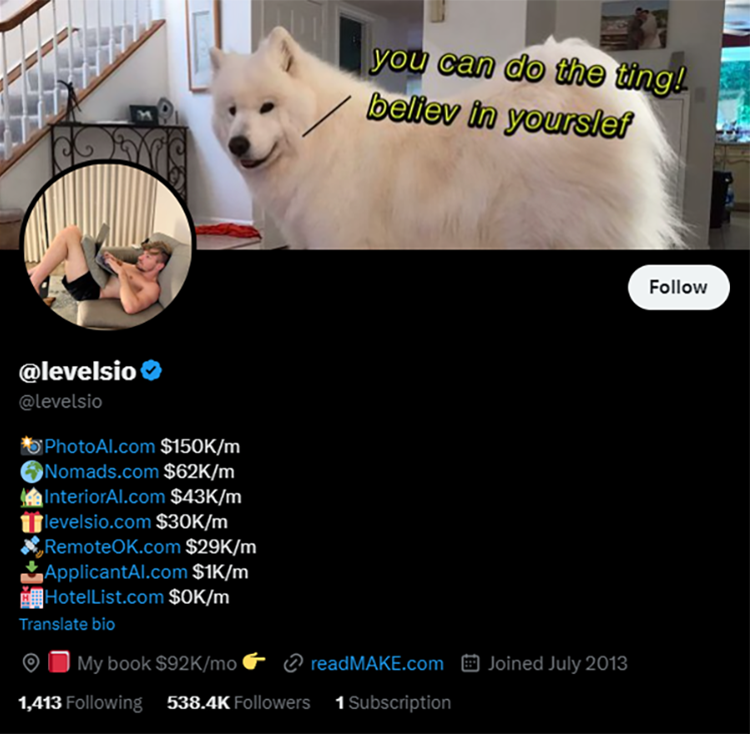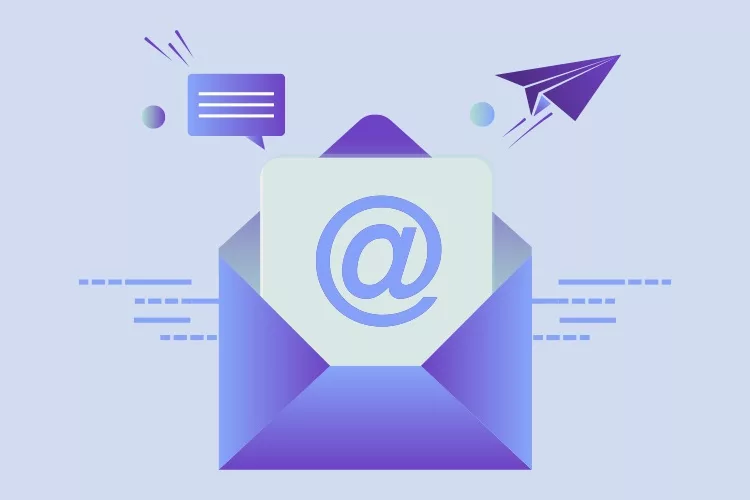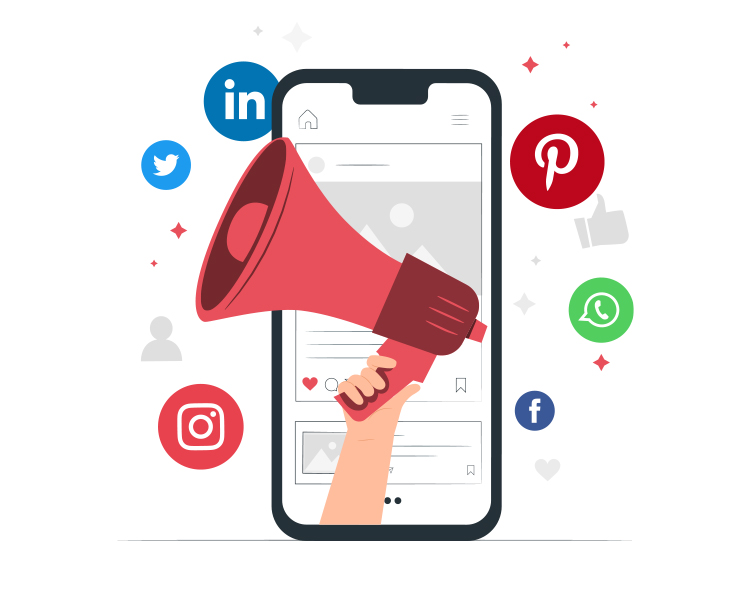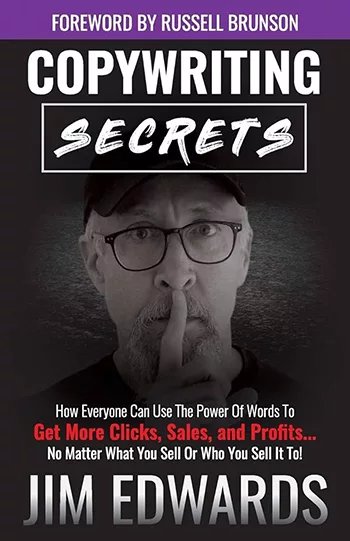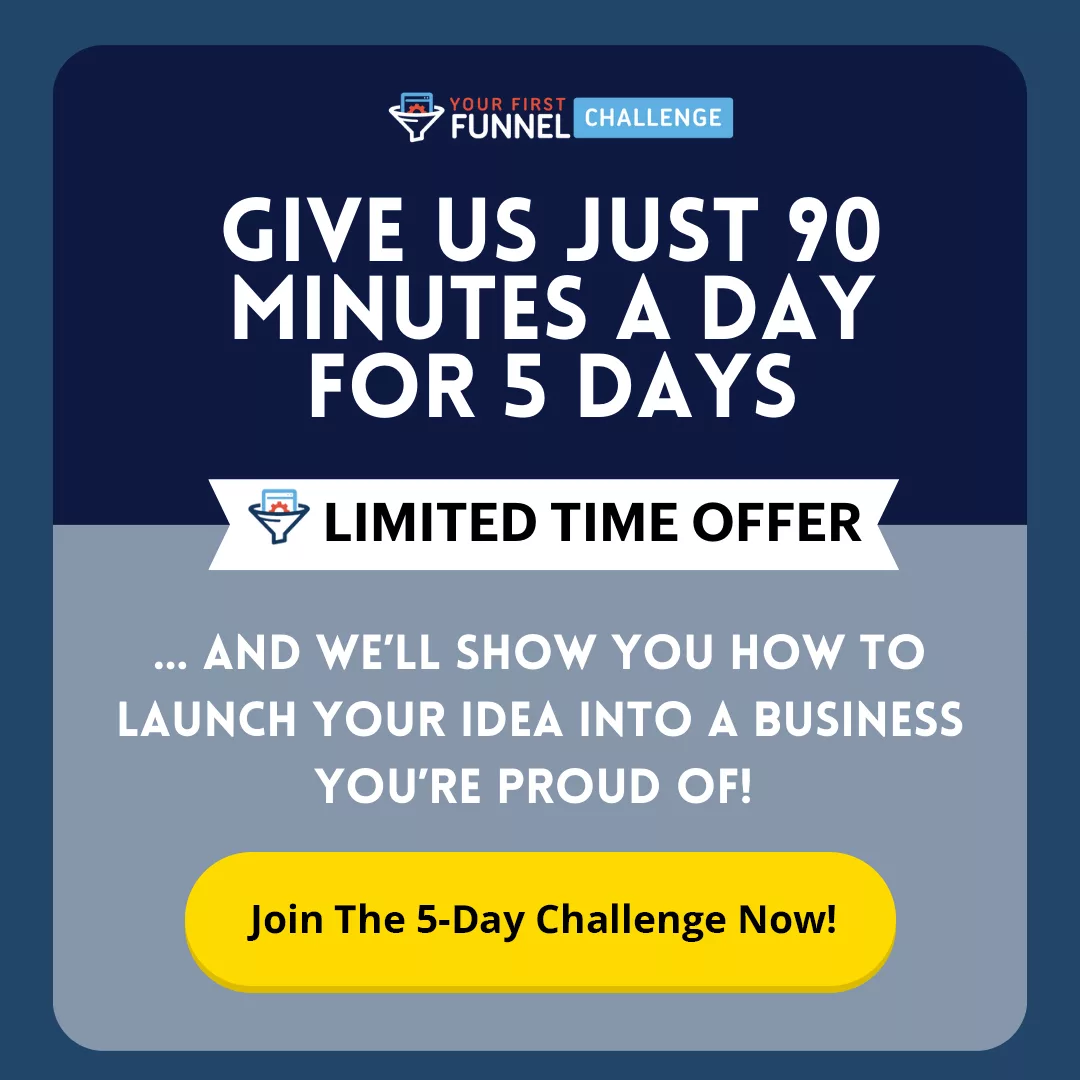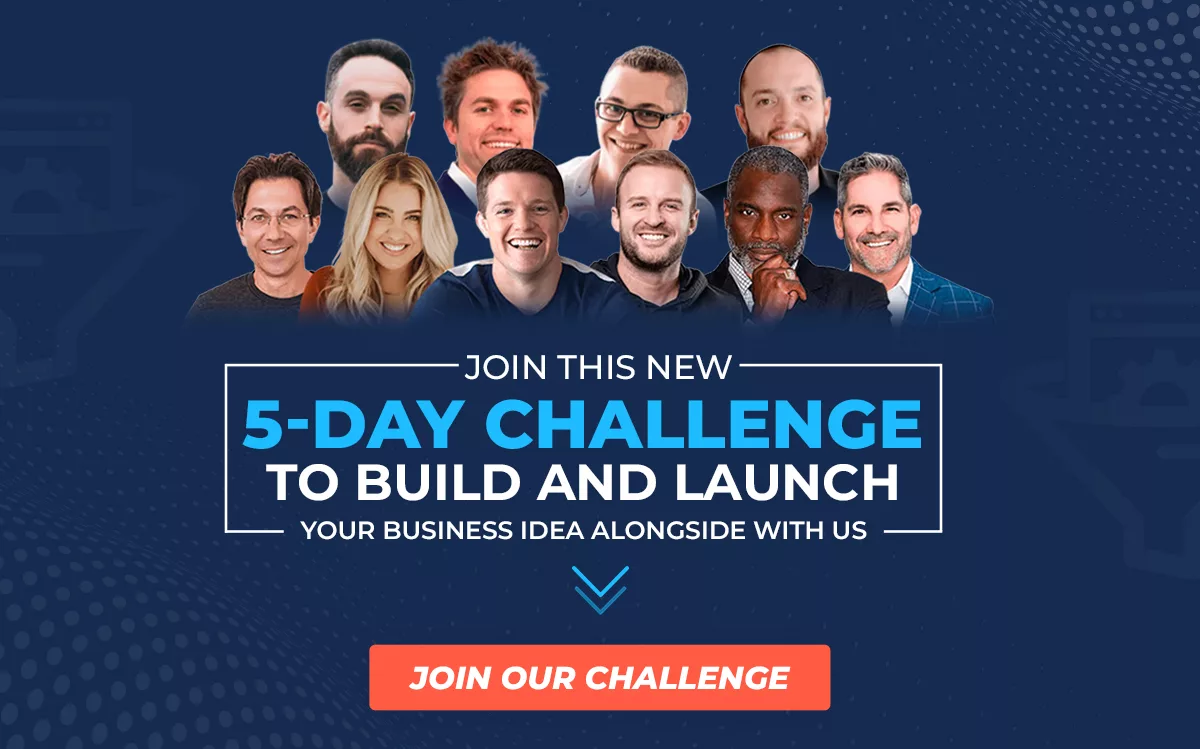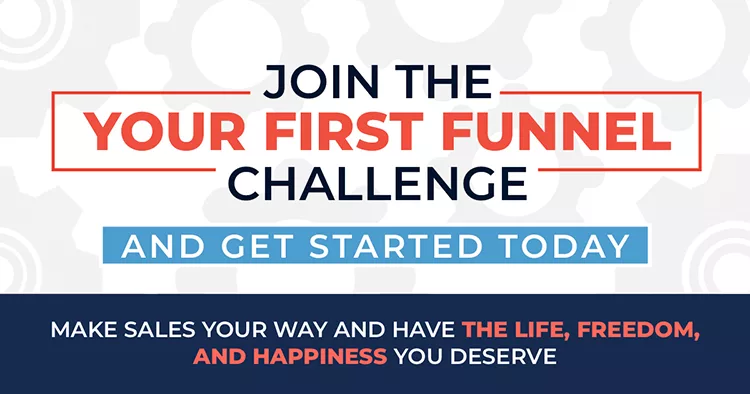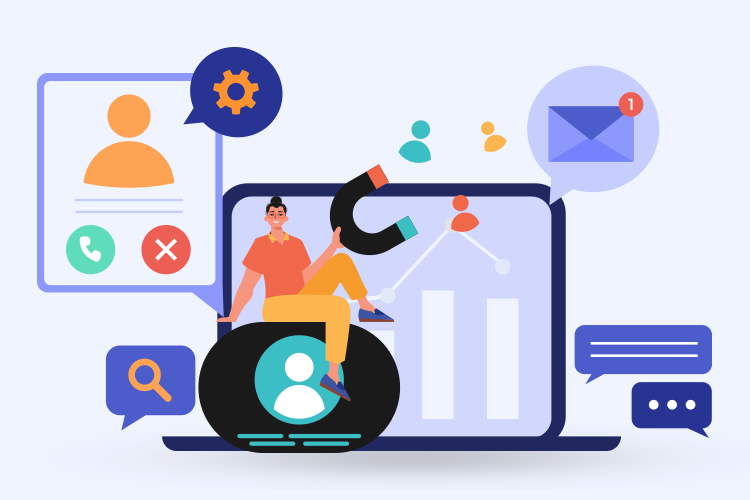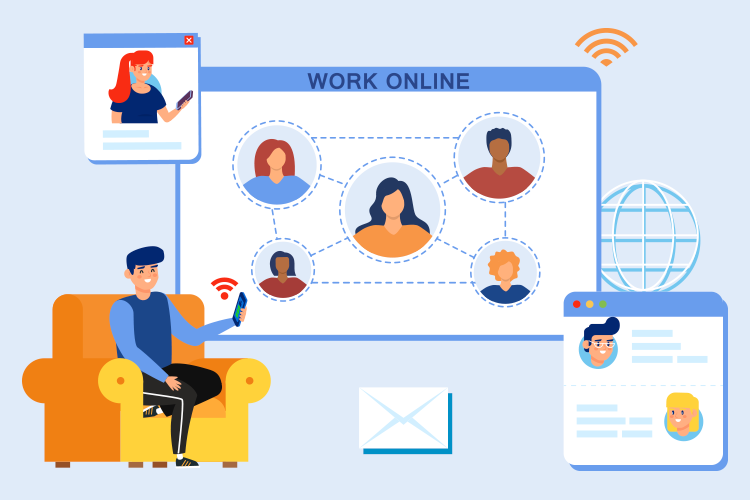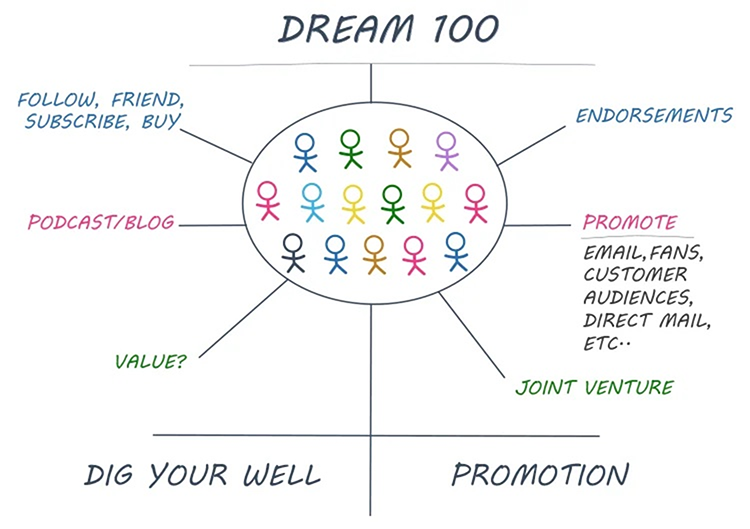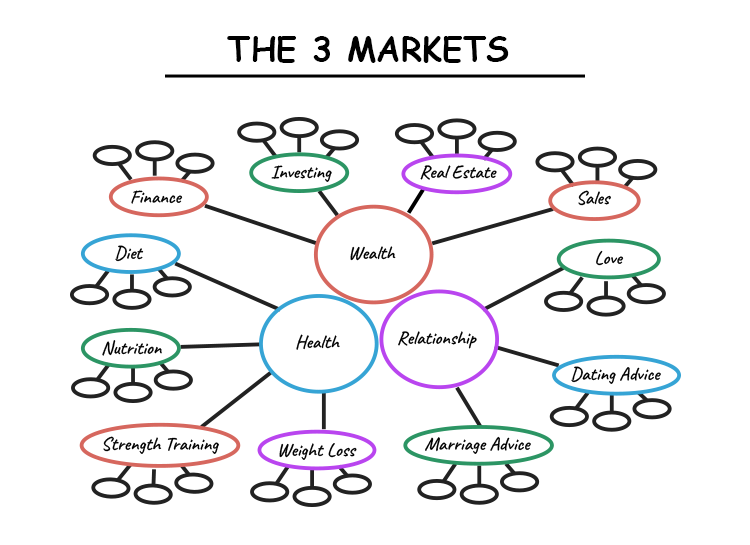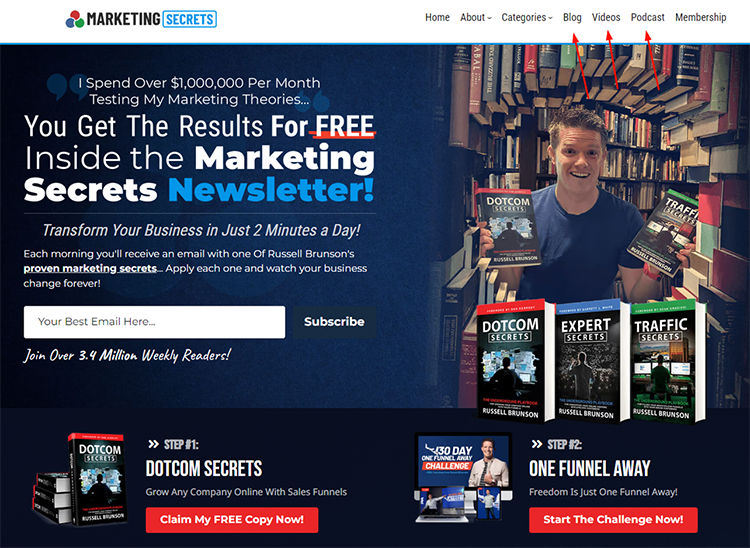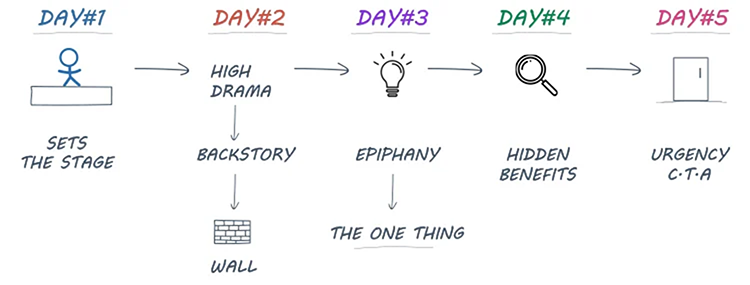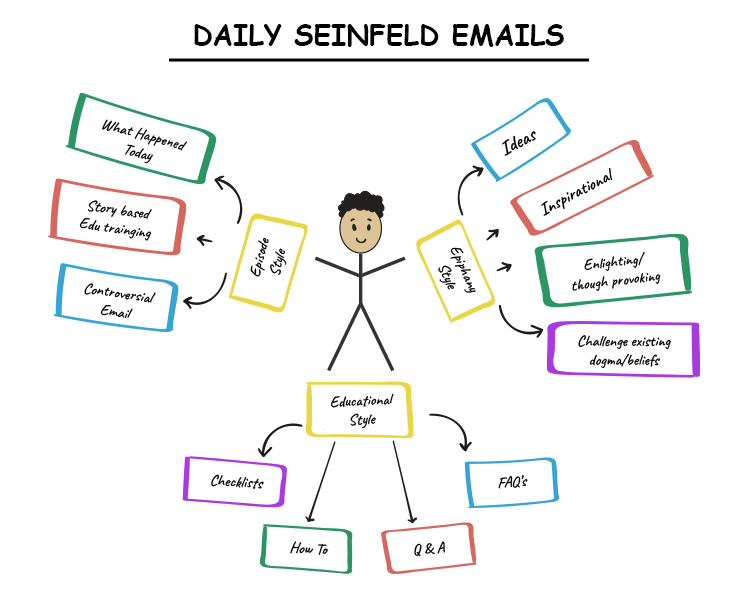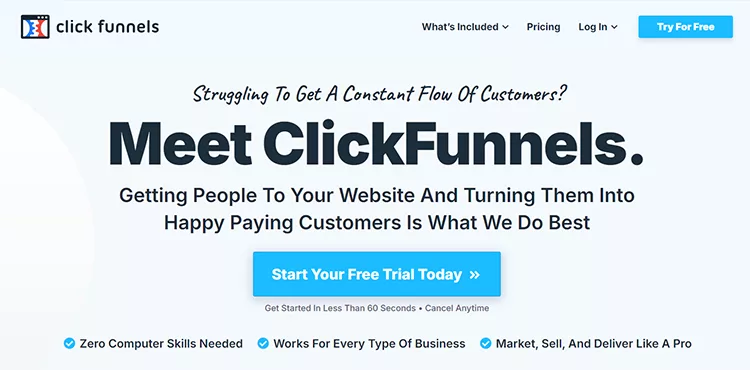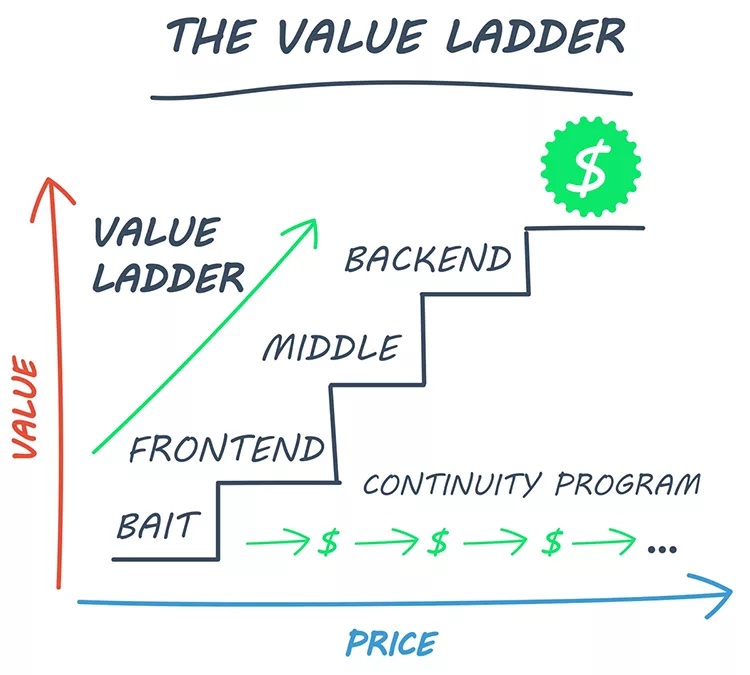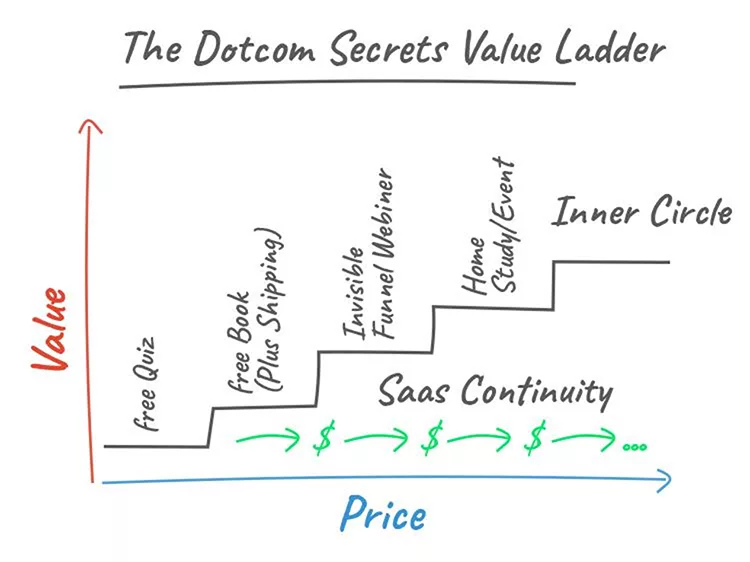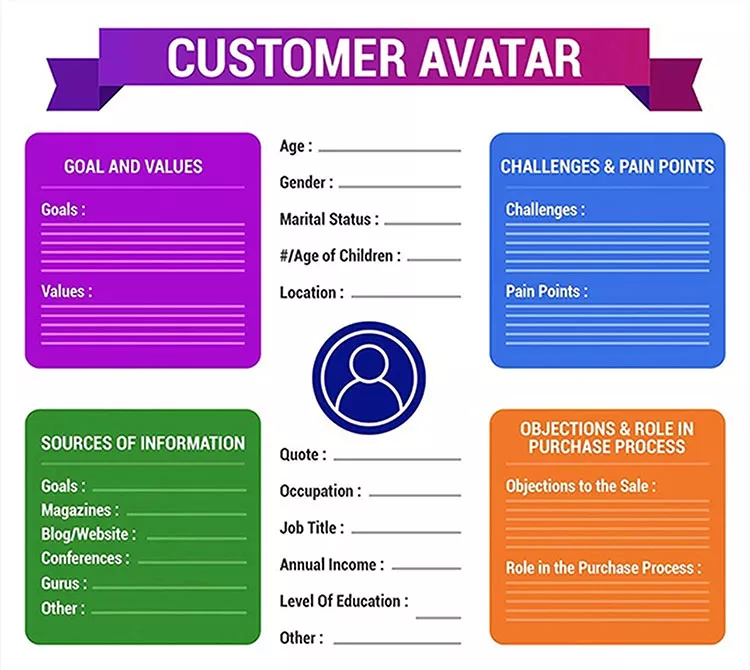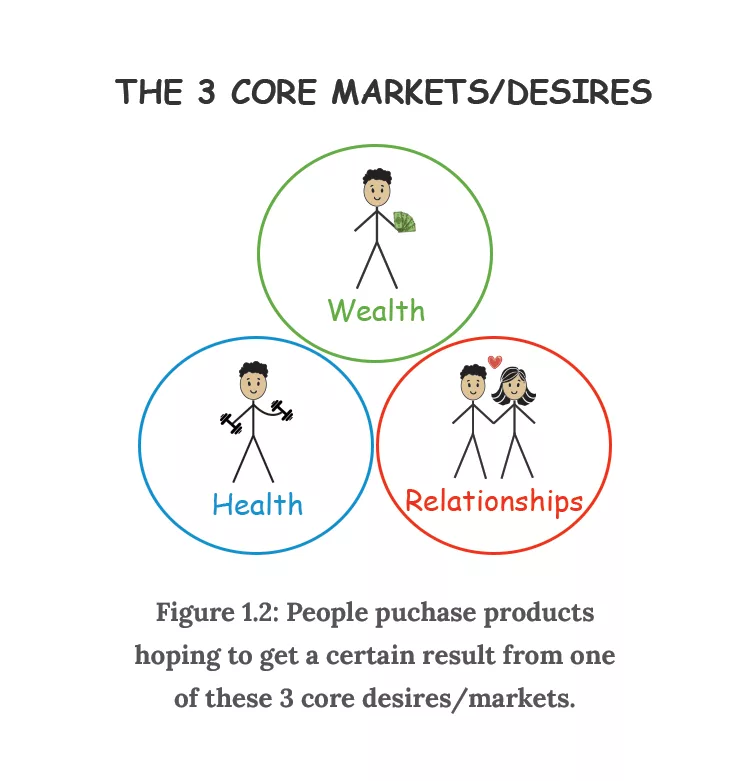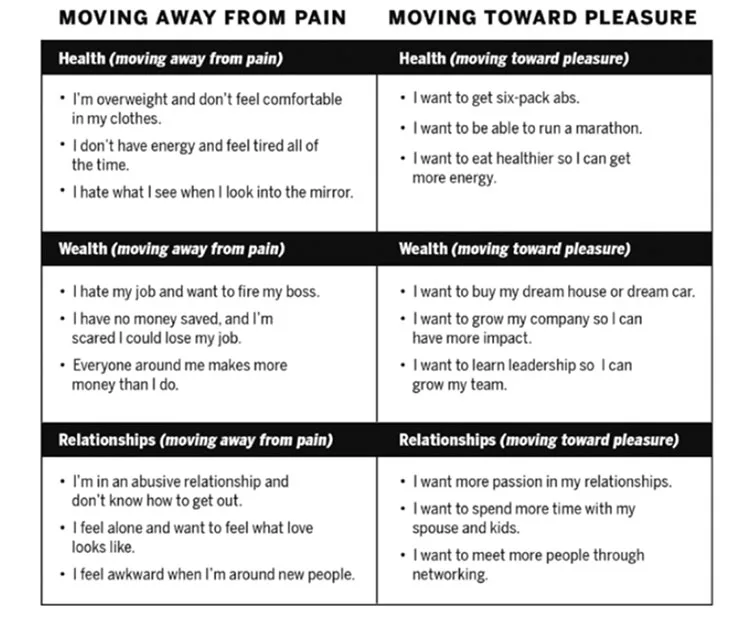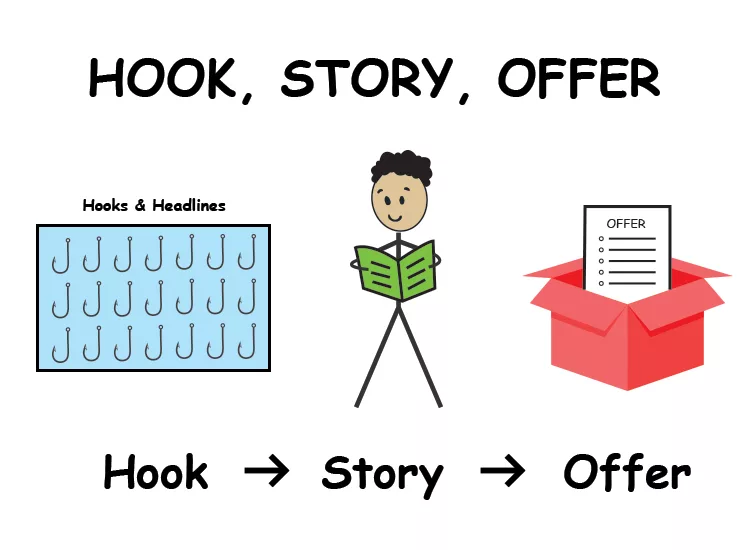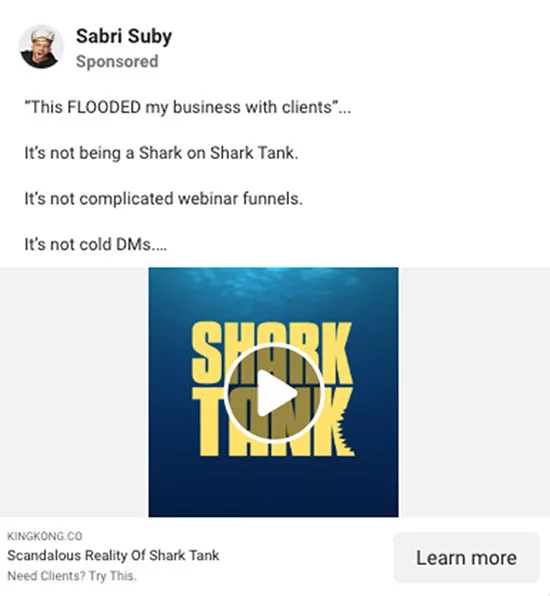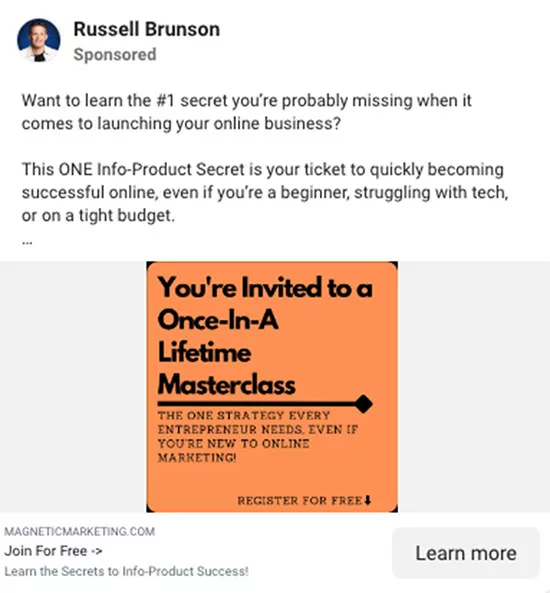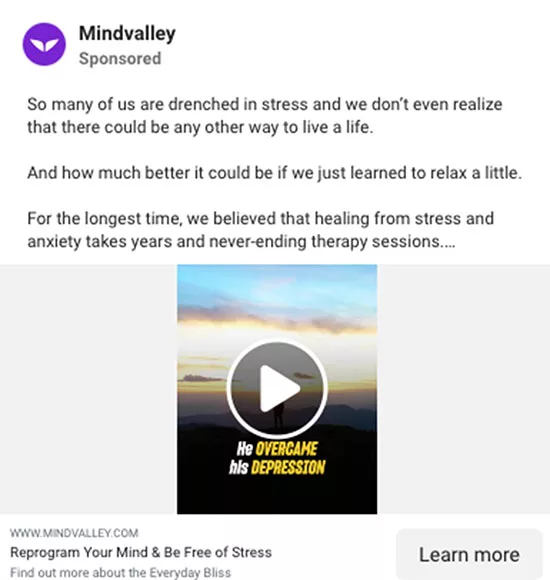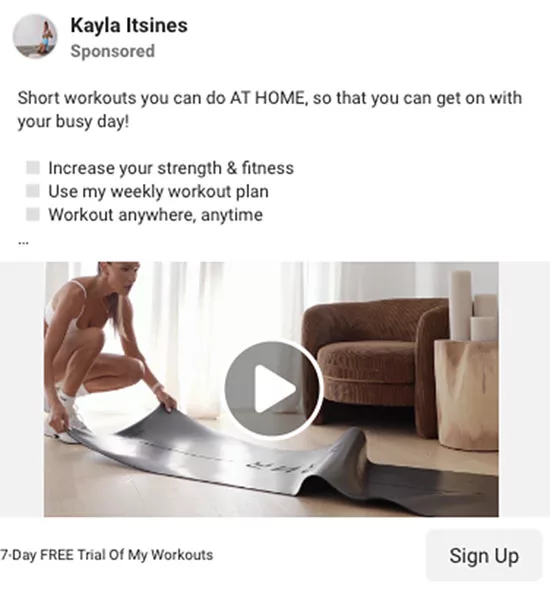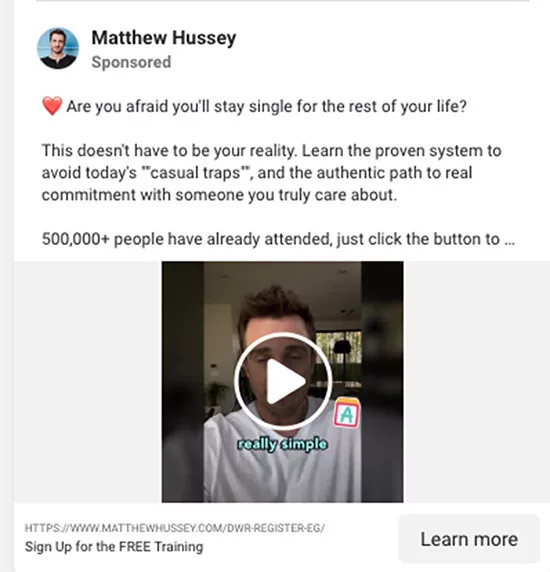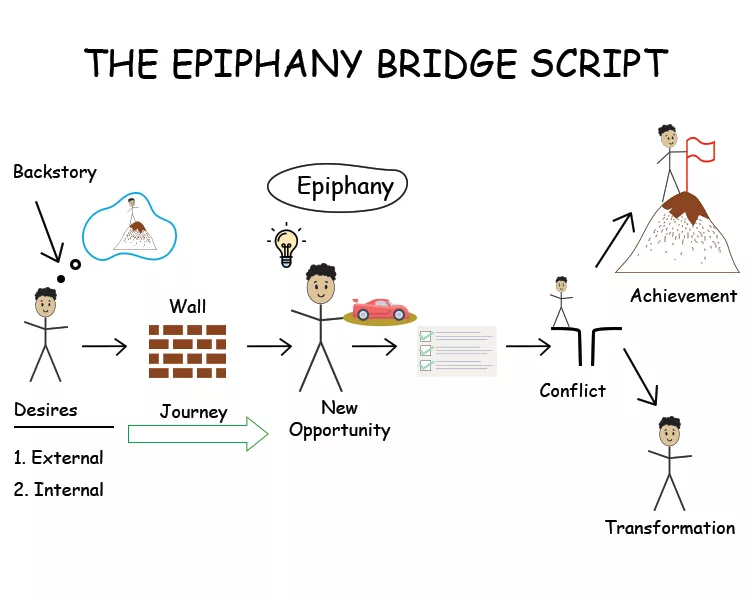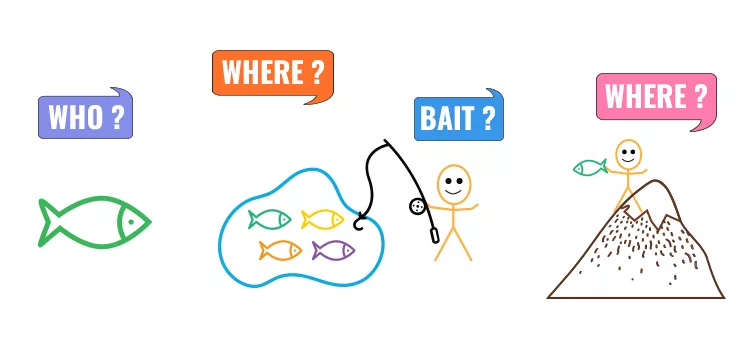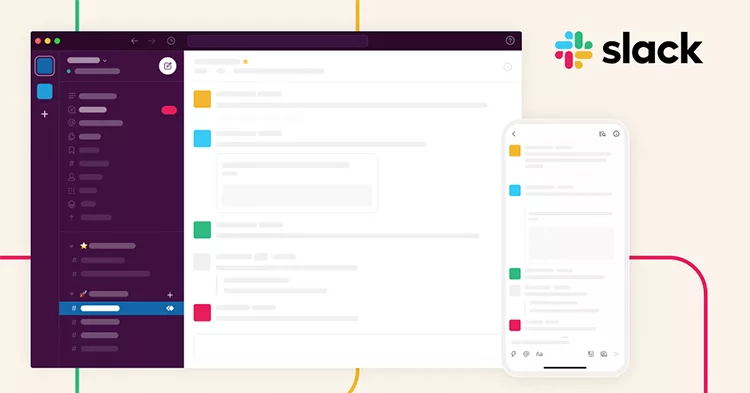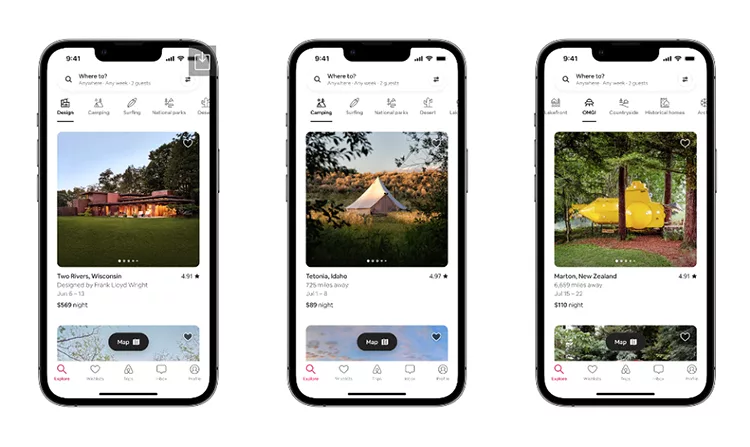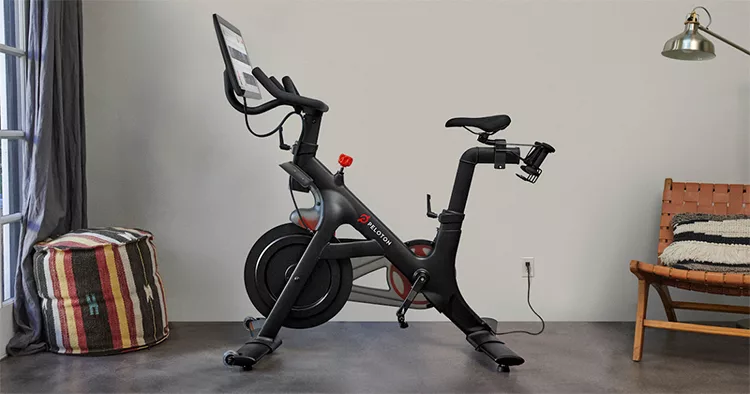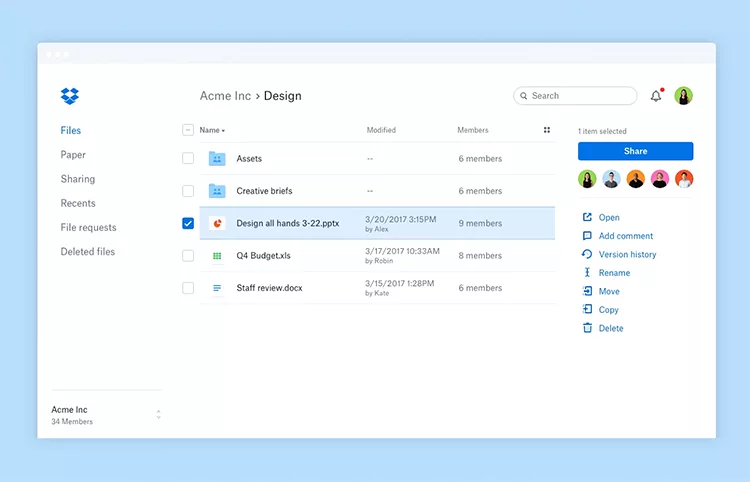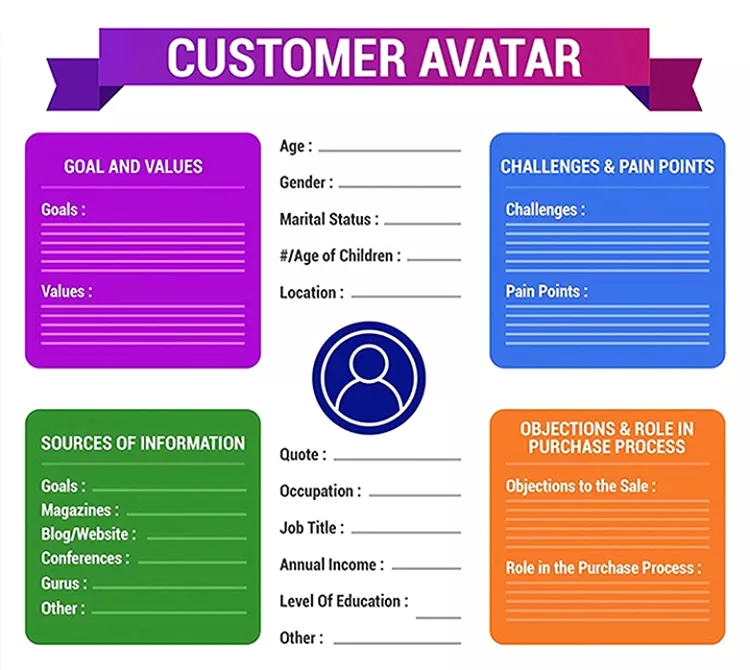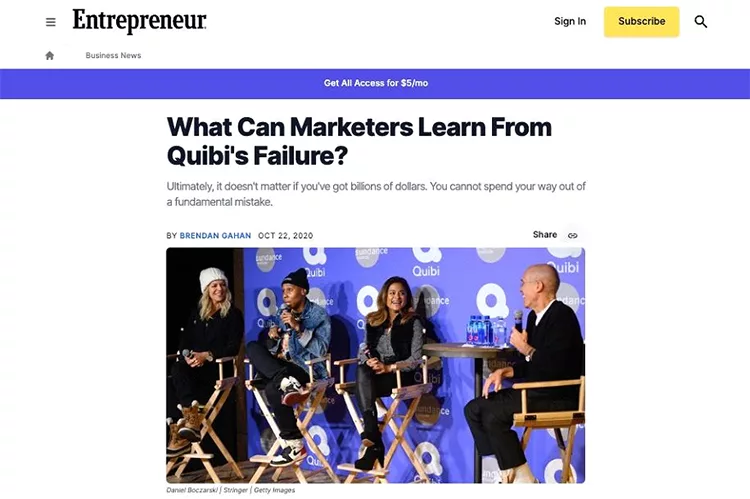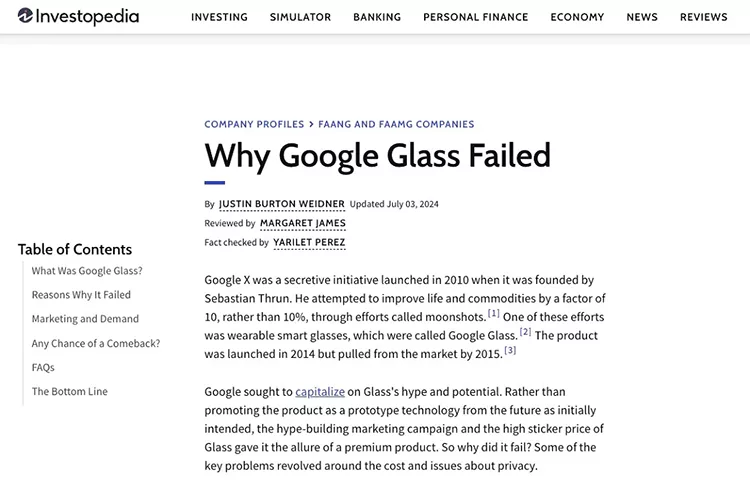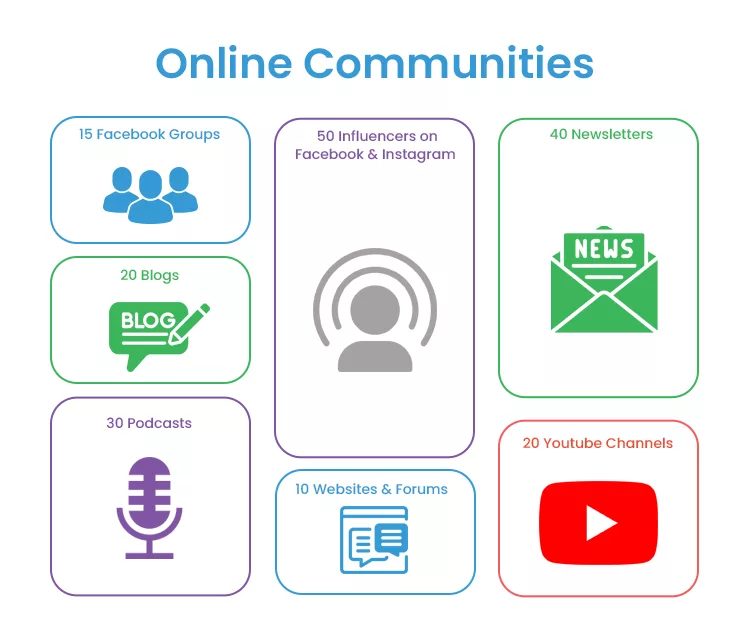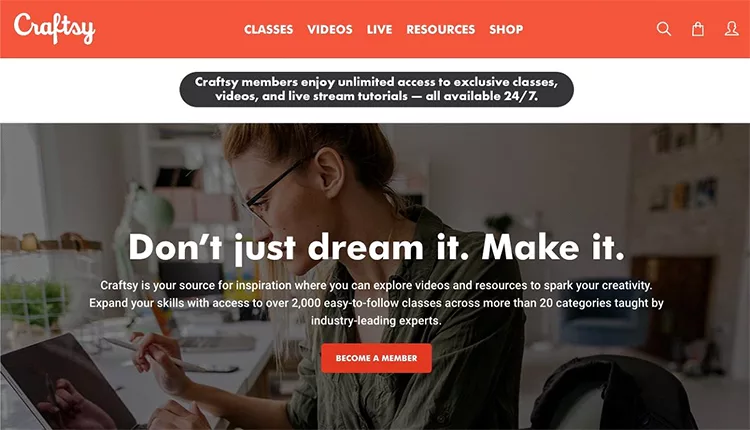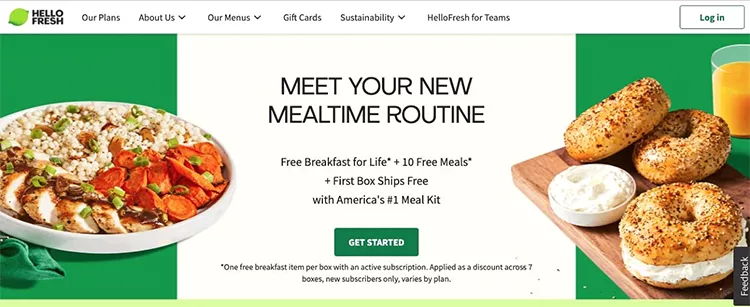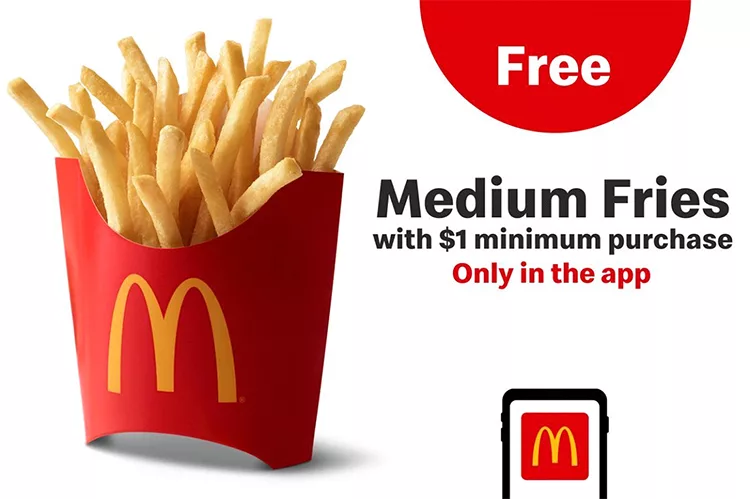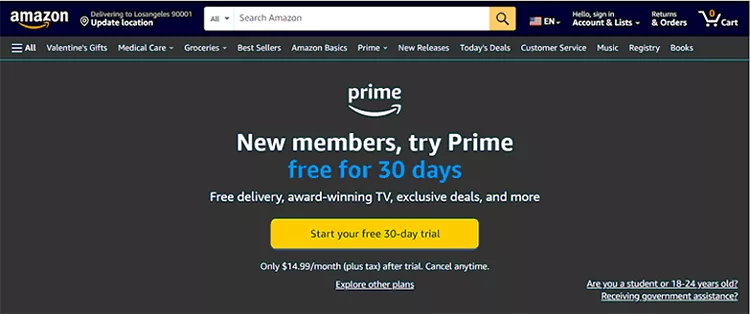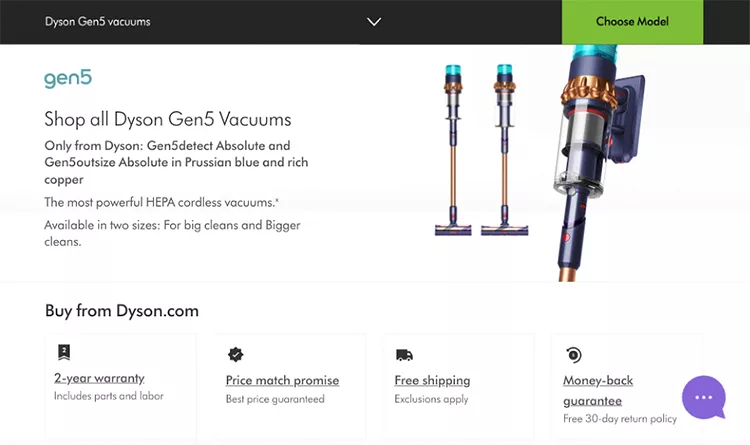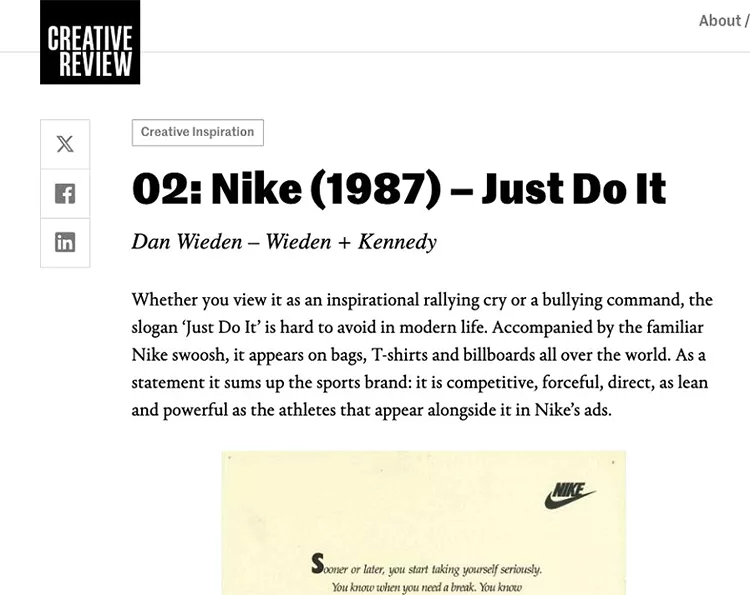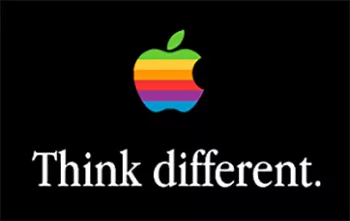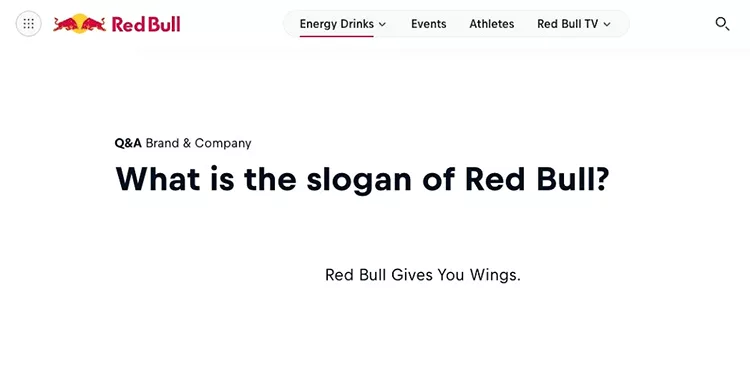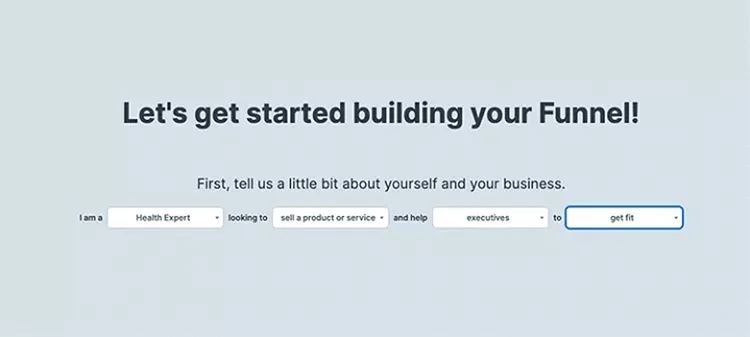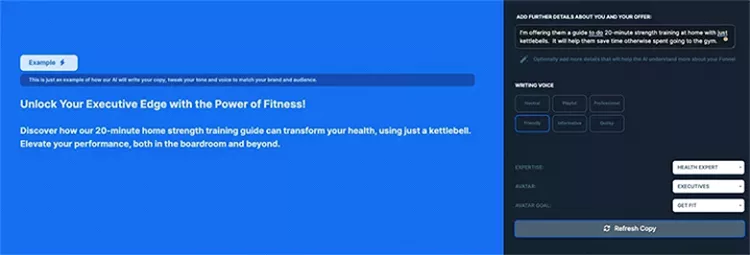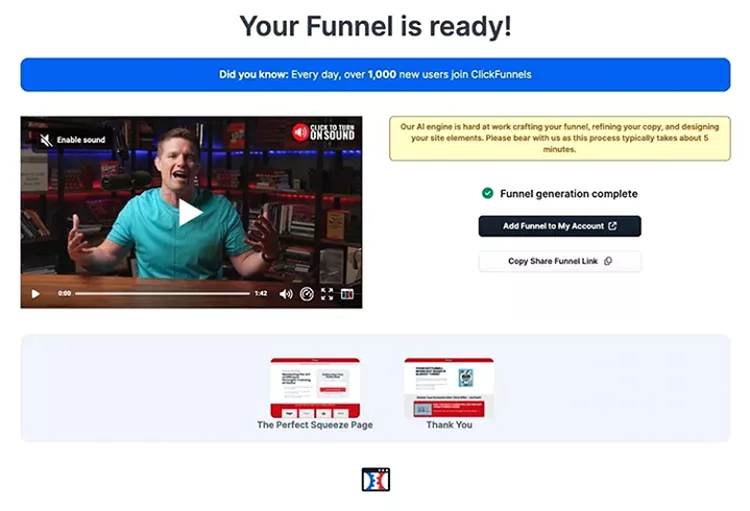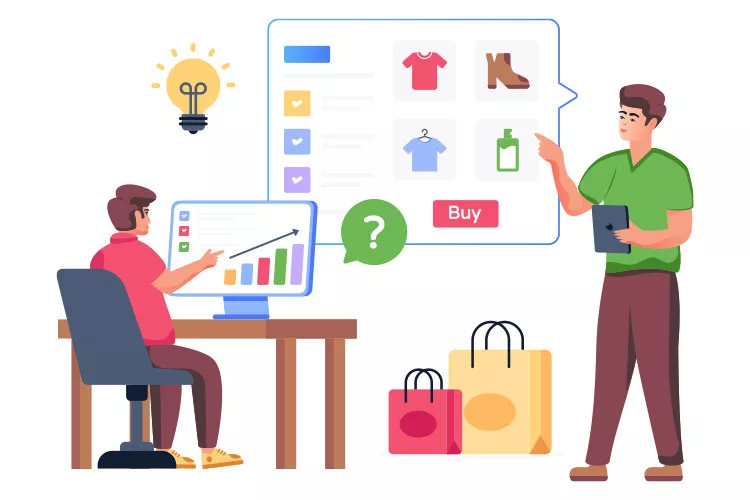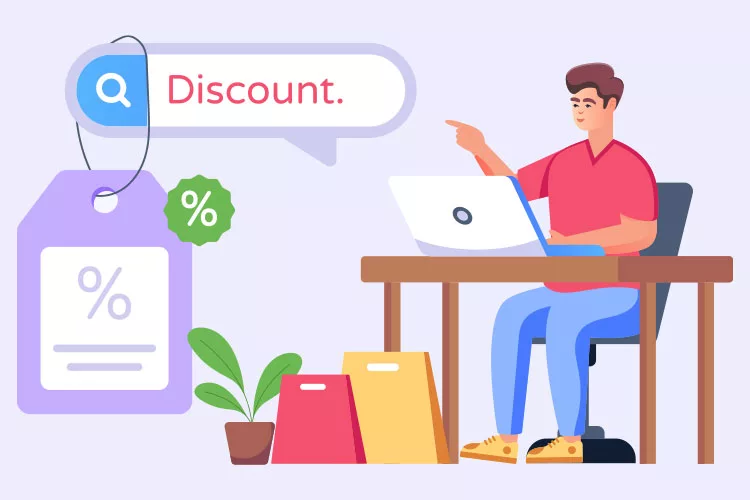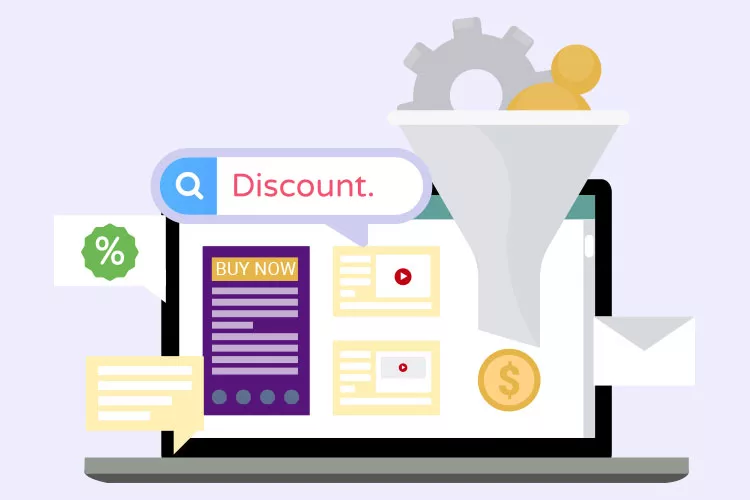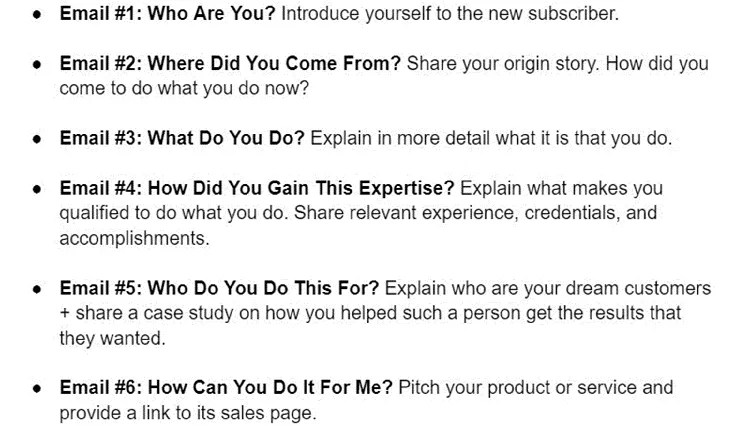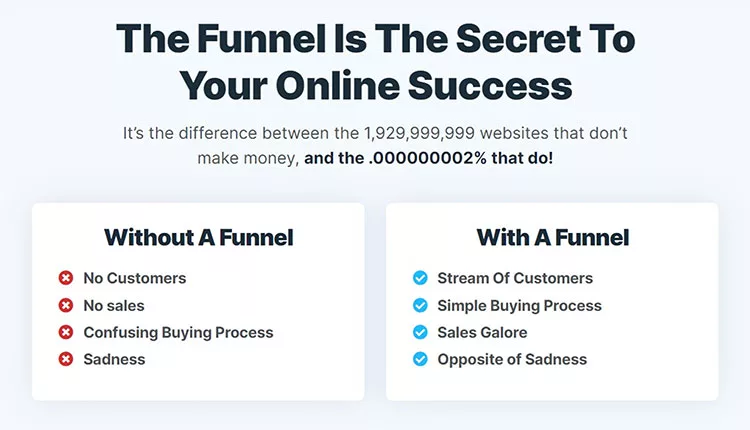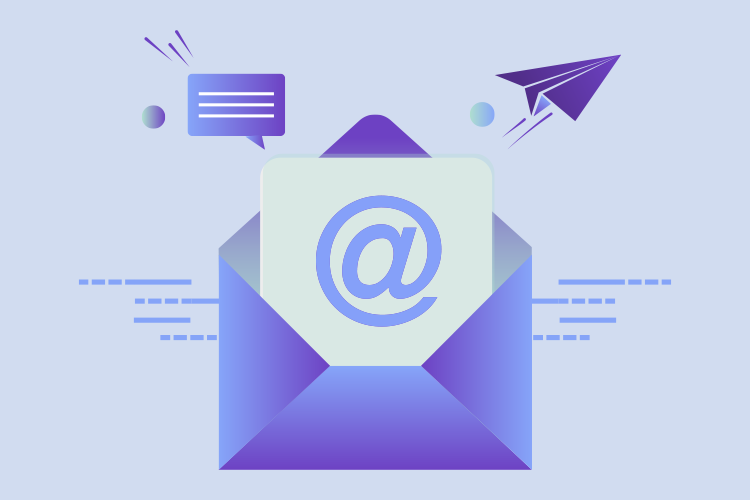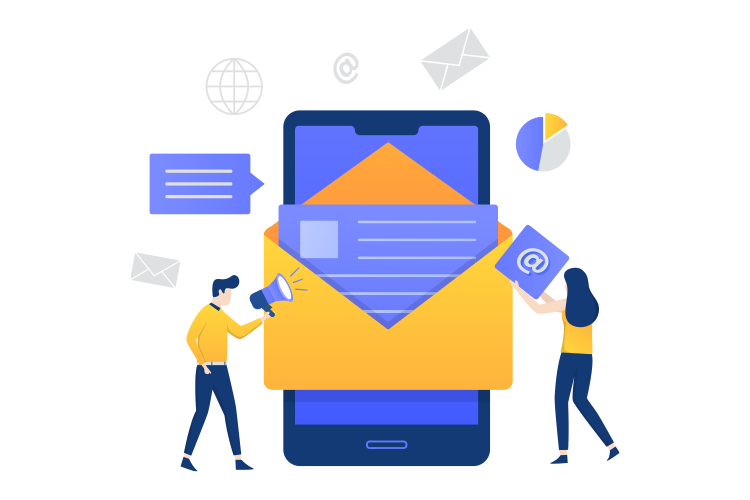Our view at Stack - ClickFunnels was founded by an online marketing legend Russell Brunson and it offers several benefits for online businesses and marketers:
- Time and Cost Savings: Efficiently create sales funnels without extensive development efforts.
- Maximized Conversions: Test offers, copy, and images to enhance conversions.
- Specific Landing Pages: Generate highly targeted landing pages.
- Predictable Pipeline: Create consistent, predictable sales paths.
- Increased Sales: On average, it boosts sales of lesser products by 15%
The post Quick Ways To Make Money Fast appeared first on ClickFunnels.
Need to make money ASAP?
Today we are going to discuss five ways to do that…
- Start With Your Mindset
- #1: Get a Gig Economy Job
- #2: Get a Temporary Seasonal Job
- #3: Get a Minimum-Wage Job
- #4: Start a Local Service Business
- #5: Start a Freelance Business
Start With Your Mindset
Oftentimes, what prevents people from making money is not the lack of opportunities but their own attitude.
That’s why we want to begin this article by discussing the mindset that you will need in order to make it as soon as possible.
Be Realistic
It’s important to understand that desperation makes you vulnerable.
There are a lot of grifters out there who peddle various get-rich-quick schemes.
You want to stay clear of anyone who is saying that they can teach you how to make a ton of money in a short period of time.
It’s much better to be realistic: if you are in a difficult financial situation, the fastest way out of it is to get a full-time job and also have a side hustle on top of it.
If you do that, you should be able to get some money coming in within a month and hopefully stabilize your finances in three to six months.
Also, if your situation is so dire that you don’t know whether you’ll be able to afford food and shelter, you need to seek help from family, friends, religious organizations, charities or governmental institutions immediately.
Keep in mind that it’s going to be extremely difficult to get back on your feet if you are homeless and starving, so you need to avoid that at all costs. And if you are already there, you should focus on securing food and shelter first before you start looking for work!
Accept the Fact That You Might Need to Sacrifice Status
Humans are social animals and as such we are wired to be concerned about status. This desire to be respected by others can get in the way of making money, though.
People who don’t have a source of income are often unwilling to go with the most obvious solution – which is to get a minimum-wage job – because they are afraid of what their peers are going to think.
After all, McDonald’s is always hiring but if you are terrified that someone from your social circles will see you working there, you might find yourself engaging in all kinds of mental gymnastics in order to avoid seriously considering that option.
And it’s completely understandable. There’s no denying that losing status can be painful. However, learning not to care about it can become your superpower.
Perhaps Sam Altman’s essay “How To Be Successful” can provide some food for thought here, especially the section about being internally driven.
He argues that most people are externally driven and do what they do because they want to impress others.
According to Altman, being externally driven is bad for two reasons:
- It makes you care more about what other people think, which can influence your career decisions and prevent you from doing truly interesting work.
- It makes you focused on playing competitive games and keeping up with your peers, which can lead to miscalculating risks when making decisions.
Interestingly, he argues that smart people are especially vulnerable to being externally driven, which is why they need to work super hard to avoid it.
If you are an intelligent and ambitious person who has fallen on hard times, working low-status jobs can be a great opportunity to practice caring less about what people think and become more internally driven!
Drop Your Sense of Entitlement
As we go through our lives, it’s easy to develop a sense of entitlement without even realizing it, which only becomes apparent when it is challenged by our external conditions.
This unexamined sense of entitlement is another common obstacle that prevents people from making money as quickly as possible.
If you subconsciously believe that you are entitled to a certain kind of work, a certain kind of pay and a certain kind of schedule, you will hesitate to do whatever it takes to get some money coming in ASAP.
In fact, you might find yourself ignoring the obvious solutions that are right in front of you and waiting for the opportunities that you believe you “deserve” while the clock is ticking and your financial situation is getting worse.
Moreover, this sense of entitlement can make it much more difficult to take advantage of the opportunities that you do have.
For example, if you get a job that you believe is beneath you, you will probably struggle to fit in, won’t do good work, and might even get fired.
Finally, this idea that you “deserve” so much more than what you currently have will make you feel fed up, resentful, and angry. Entitlement is bad for your mental health so it’s best to just drop it.
Here’s how our friend Alex Hormozi explains it:
Be Prepared to Work More Than 40 Hours a Week
As we already mentioned, the fastest way to dig yourself out of a financial hole is to get a full-time job and then add a side hustle on top of it. That will probably add up to around 60 hours per week.
That is not sustainable in the long run but doing it for three to six months can help you stabilize your situation so that you could then scale back to the regular 40-hour work week.
Of course, not everyone can do that. If your health, familial responsibilities, or something else is preventing you from working that much, this advice won’t be applicable.
Make Sure That You Take Care of Your Health!
Realistically speaking, if you start working 60 hours a week, your health is going to suffer. There’s no way around that.
However, that makes it extremely important to take care of yourself so that you can minimize the damage.
Here’s some basic stuff that can help you survive the grind:
- Getting enough sleep
- Eating enough calories
- Eating enough protein
- Watching your caffeine consumption
- Refraining from alcohol and partying
- Taking time to wind down at the end of each day
- Doing chores, running errands, and then just lounging around on your days off so that you could maximize recovery.
Obviously, doing all that may not always be possible if you are juggling a full-time job and a part-time job or a side hustle. Sometimes you simply won’t have enough time due to your work schedule.
However, if you are serious about stabilizing your finances, you need to be willing to go into “sleep, eat, work” mode until it’s done. Remove everything else from your life. That will make it much easier for you to get through it.
Okay, now with all that out of the way, here are some ideas on how to make money as soon as possible…
#1: Get a Gig Economy Job

What is the Gig Economy?
The term “gig economy” refers to a labor market where companies hire workers on a freelance basis to do various tasks that are often referred to as “gigs”.
This type of work is typically facilitated via tech platforms that connect the companies, the gig workers, and the customers.
Local Gig Economy Jobs
If you live in an urban location and have a driver’s license and a car, you may be able to find work as a rideshare driver for companies like Uber and Lyft or their local equivalents.
Alternatively, you may find work as a delivery courier for companies like DoorDash, Deliveroo or their local equivalents. You don’t even need a car for that, you can use a bicycle or a scooter to deliver food.
Just remember that you will need to handle your own taxes, health insurance, vehicle insurance, etc. There are also vehicle maintenance costs. Finally, if you are driving a car, you’ll have to pay for gas as well.
That’s why it’s important to do the math, calculate how much money you will be left with once everything is accounted for and decide whether doing this type of work makes sense from a financial perspective.
Something to keep in mind here is that driving any vehicle is going to put wear and tear on it and if you do it long enough, you’ll have to pay for repairs and eventually replace it.
This means that the longer you work as a rideshare driver or delivery courier, the less profitable it becomes due to the expenses associated with the wear and tear on your vehicle.
Remote Gig Economy Jobs
You might also be able to find remote gig economy work.
The most popular platform for that is Amazon’s Mechanical Turk but there’s also Prolific, CloudResearch, and others.
Businesses use these platforms to find people who can do tasks like labeling AI training data, doing usability testing, filling out market research surveys, and so on.
Meanwhile, academics use them to find participants for their scientific studies that are based on surveys.
Typically, these tasks don’t take much time to complete. For example, according to Amazon, most tasks on Mechanical Turk can be done in less than five minutes.
People who do this type of work usually sign up for several platforms so that they can do it full-time.
It used to be possible to make $1,500/month this way but it appears that things have been going downhill since the Covid-19 pandemic.
Nowadays, you can expect to make $5-10 per day if you work exclusively on Mechanical Turk and maybe $15 per day if you work across several platforms.
This means that if you do it full-time without days off, you might be able to make between $150 and $600 per month.
If you live in a developed country, it’s probably not worth your time because you would likely make more money by getting a minimum-wage job.
However, if you live in a developing country where the minimum wage is within that range, then it might be an option worth considering.
If you want to learn more, check out the MTurk subreddit where Mechanical Turk veterans and newcomers alike share their experiences on that platform.
Future Opportunities
Local gig economy jobs can be a great way to make extra cash when you need it, especially if you have a lot of free time.
Meanwhile, remote gig economy jobs can be an appealing alternative to minimum-wage jobs if you live in a developing country.
However, we can probably safely assume that the profitability of doing this type of work is going to continue decreasing.
So don’t hesitate to participate in the gig economy if you want to make some money but don’t get too comfortable because there’s no future in it. Never stop looking for better opportunities!
#2: Get a Temporary Seasonal Job

What is a Temporary Seasonal Job?
A temporary seasonal job is a job that offers a short-term contract for the peak season of a particular industry.
Types of Temporary Seasonal Jobs
Retail Warehousing and Delivery Jobs
Businesses involved in retail warehousing and delivery tend to hire temporary workers in the run-up to the winter holidays.
For example, in September 2023, Amazon announced that it was hiring 250,000 temporary employees for the holiday season.
Hospitality and Catering Jobs
Catering agencies that provide waiting staff for various events start hiring temporary workers in September and continue doing so until Christmas.
This means that you can always find work in the hospitality industry in October, November and especially December when companies are throwing their Christmas parties.
January, February, and to some extent March is the low season after which catering agencies start hiring temporary workers again in April.
You should be able to find work from May to July because of all the weddings and summer events.
Then you can expect it to be quiet from August to October when the cycle starts again.
Vacation Destination Jobs
Popular vacation destinations typically have an on-season when they are crazy busy and an off-season when they look like ghost towns.
It’s usually easy to find temporary work during the on-season because everyone is hiring: the hotels, the restaurants, the souvenir shops, even the supermarkets!
How to Get a Temporary Seasonal Job
With retail warehousing and delivery jobs, it’s best to either apply via the company’s website or respond to the job ads on local online job boards.
The same goes for hospitality and catering jobs: you can either go to the websites of local catering agencies and apply there or you can respond to their ads on local online job boards.
Meanwhile, with vacation destination jobs, check to see if any of the big chain hotels, restaurants and supermarkets are looking for temporary workers.
Also, if you live relatively close to that destination, it might make sense to go there at the very beginning of the on-season and spend a day handing out your CVs to local businesses. This approach may be old-fashioned but it still works!
Future Opportunities
Finding reliable temporary workers can be difficult so if you do a good job you will probably have an opportunity to come back next year.
Also, in some cases, seasonal work can be a stepping stone towards full-time, regular employment. For example, Amazon is known for extending full-time job offers to some of its temporary employees.
Meanwhile, in the hospitality industry, if you leave a great impression on the managers at a particular venue, they might offer you a full-time waiting job the next time they have an open position.
After all, it makes more sense for them to hire someone who has already proven themselves than to take chances on random people.
There might also be opportunities for advancement within the catering agencies. It’s quite common to see people in administrative roles who started out as waiters and waitresses!
#3: Get a Minimum-Wage Job

What is a Minimum-Wage Job?
A minimum-wage job is a job that pays the legally mandated minimum wage.
If you don’t know what the minimum wage is in your country, you should be able to easily find that information online.
Types of Minimum-Wage Jobs
Minimum-wage jobs tend to revolve around doing straightforward, repetitive tasks that don’t require formal qualifications, extensive training, or prior experience.
The most common types of minimum-wage jobs include:
- Warehouse jobs
- Cleaning jobs
- Retail jobs
- Supermarket jobs
- Waiting jobs
- Bar jobs
- Fast food jobs
Arguably, waiting and bar jobs are the best option if you need to make money as quickly as possible, assuming that you live in a country where it’s customary to leave tips.
However, it’s also important to take your strengths and weaknesses into consideration. What type of minimum-wage job can you see yourself excelling at?
How to Get a Minimum-Wage Job
It depends on the type of job that you are interested in but minimum-wage jobs can be found everywhere.
Big chains usually have a “Careers” section on their websites and encourage people to apply directly.
Meanwhile, smaller companies tend to post ads on local online job boards and expect you to apply that way.
You can also find work by handing out your CVs to local businesses. Simply walk in, ask to talk to the manager, and give them your CV.
This strategy can be especially effective for landing a job at a small restaurant or bar because places like that usually don’t have a streamlined hiring process.
That being said, it can also help you get a job at a chain restaurant. Some managers prefer to hire walk-in applicants!
Future Opportunities
This varies depending on the employer but it’s pretty common for new employees who do good work to get promoted to a supervisor position within a year.
Moreover, some companies are known for hiring from within and providing a legitimate career path for those who are interested in that.
McDonald’s is a good example of this. If you get a minimum-wage job there, you may be able to rise through the ranks until you reach the regional manager position, which can be a six-figure job in some countries.
Of course, that would be predicated on you excelling at each role and would likely take at least a decade. Still, it can be a good opportunity, especially if your ultimate career goal is to have a high-paying, white-collar job.
Finally, working a minimum-wage job, especially one that cannot be easily automated, provides an opportunity to learn marketable skills that might come in handy in the future.
Sure, minimum-wage jobs are low-skilled jobs, but the managers still prefer to hire people who have done something similar before.
This means that if you ever find yourself in a precarious financial situation again, you will be able to fall back on your previous experience and get another minimum-wage job!
#4: Start a Local Service Business

What is a Local Service Business?
A local service business is a business that provides services to customers located in a particular geographical area.
Types of Local Service Businesses
The most common types of local service businesses include:
- House cleaning businesses
- Landscaping businesses
- Painting businesses
- Laundry businesses
- Catering businesses
- Moving businesses
- Trade businesses
How to Start a Local Service Business
Take stock of your strengths, your existing skills, and the resources at your disposal. Make a list of services that you can begin providing immediately. Identify which service will allow you to make the most money. That’s what you should focus on.
Then, design simple black and white flyers for your business. Explain what service you are offering, list pricing information and provide your contact details. Consider getting a Google Voice phone number for this.
A6 is probably the best size for these flyers because it will enable you to get four flyers out of one regular A4 sheet of paper. That can help you keep the printing costs down.
If you don’t have a printer at home, do some research and see who is offering printing services near you. Typically, you can print stuff at libraries, Internet cafes, and stationery stores.
Ideally, you want to distribute at least 100 flyers per day. If you have A6-size flyers, that’s 25 sheets of paper. Meaning, you’ll need to print out 750 sheets of paper every month.
In the first month, you might want to print your flyers in three separate batches of 250 sheets, which will produce 1,000 flyers per batch. This will allow you to spread out printing expenses and minimize dumb mistakes.
Do these three batches at three different printing places. When you are there, ask about volume discounts. How much would it cost to print out 1,000 sheets of paper at once?
See who can offer you the best price and go to them once you are done with your initial three batches and need flyers for the next month.
Generally speaking, out of every 1,000 flyers that you distribute, you can probably expect to get 10 leads and 1 paying customers.
This means that if you distribute 100 flyers per day, meaning 3,000 flyers per month, you should be able to get at least 3 paying customers in your first month.
How to Grow Your Local Service Business
The most straightforward way to grow your local service business is to simply do more of what’s already working.
Start increasing your daily flyer distribution target and continue doing so until you hit the ceiling due to time constraints.
By the way, did you know that people who get paid to distribute flyers do 1,000 per day? It takes them about 8-10 hours. Just saying.
Also, if you improve the copy of your flyers, you may be able to get more leads from the same amount of flyers.
Our friend Jim Edwards, who is a world-class copywriter, wrote his book “Copywriting Secrets” for business owners who want to learn copywriting. We highly recommend reading it.
You can buy “Copywriting Secrets” on Amazon where it has more than 1,900 global ratings and a 4.7-star overall rating. But you can also get it directly from Jim for free. All he asks is that you pay for shipping!
In addition to that, if you improve your sales skills, you may be able to close more leads that you are getting from your flyers.
Reading Robert Cialdini’s “Influence” can help you understand the key principles of persuasion. Just make sure that you get the new and expanded edition.
Meanwhile, Brian Tracy’s “The Psychology of Selling” is a classic introduction to sales and a great way to learn the basics.
You might also want to read Daniel H. Pink’s “To Sell Is Human” because it deals with selling in the digital age.
Finally, if you focus on doing excellent work, eventually you’ll start getting referrals. As time goes on, word-of-mouth will likely become the main driver of growth!
Future Opportunities
In popular culture, entrepreneurship is associated with tech startups from Silicon Valley, but the reality is that local service businesses have much better odds of success.
Serial entrepreneur Nick Huber talks about this a lot. In his view, the Shark Tank and Tech Crunch culture is ruining the spirit of low-risk entrepreneurship:
“In college, I connected with a lot of other entrepreneurs, and of the 20 or so people pursuing tech and “new idea” startups, not one succeeded. They all went and got real jobs.”
Meanwhile, he started his storage business by letting his fellow students keep their stuff in his room and has since grown it to 62 locations in 11 states.
There are tons of opportunities like that in industries that are not glamorous. It’s possible to grow a humble local service business to six figures in annual net profit. You might even be able to eventually sell it for seven figures.
If you are interested in entrepreneurship and want to learn more about the potential of local service businesses, we recommend checking out Nick Huber’s website where he discusses “sweaty startups”.
#5: Start a Freelance Business

What is a Freelance Business?
A freelance business is the self-employed equivalent of having a remote job.
Freelancing can be especially appealing for people who are based in low-cost-of-living areas where the money they make remotely goes a long way.
It can also be a great option for those who are housebound due to disabilities or health problems.
Types of Freelance Businesses
Typically, freelance businesses revolve around skills like:
- Software development
- UX and UI design
- Graphic design
- Content writing
- Technical writing
- Copywriting
- Paid advertising
- SEO
…etc.
Don’t have a marketable skill but want to start freelancing?
We recommend learning copywriting. Of all freelance writers, copywriters are the highest-paid.
Again, Jim Edward’s book “Copywriting Secrets” covers all the basics so we highly recommend reading it. You can get it for free if you pay for shipping!
How to Start a Freelance Business
The best way to get your freelance business off the ground is to:
- Clearly define your dream clients
- Make a list of leads that meet your dream client criteria
- Start cold emailing those leads and pitching your services
We recommend getting some social proof first, though.
You can do that by working for free. For example, if you want to be an email copywriter who works with B2B SaaS businesses, start writing email copy for companies that fit that description. You don’t need permission for this, just do it and send it to them for free.
If they decide to use your copy and it converts well, ask them if it would be okay to include it in your portfolio. Now you have something that you can show to potential clients!
How to Grow Your Freelance Business
It’s possible to grow your freelance business to six figures in annual net profit via cold email alone.
That being said, this approach to lead generation can be extremely time-consuming, so you might want to move away from it eventually.
You can do that by building a lead generation funnel for your business and driving paid traffic to it.
Also, if your clients are happy with your work, you will probably start getting referrals eventually!
Future Opportunities
Successful freelancers can make low six figures in annual net profit.
Also, once you have a track record of delivering great results for your clients, you can package your knowledge into an info product.
Info products like eBooks and online courses have extremely high profit margins so you may be able to create an additional five-figure or even six-figure stream of income that way.
Finally, you can transition from freelancing to running an agency. Building an agency is a notoriously difficult endeavor but if you succeed at it, you might be able to reach mid-to-high six figures in annual net profit.
Something to consider here is that a successful agency is an asset that can be sold. While agency valuations tend to be pretty low compared to more lucrative business models, it is nevertheless possible to have a seven-figure exit!
Want to Learn How to Write Copy That CONVERTS?
You can have the best product or service in the world but guess what?
If you can’t convey its value to your dream customers, you will lose out to competitors with inferior products or services but better copy. Sad but true.
That’s why if you are serious about building a business, you need to learn copywriting.
In fact, we would argue that it’s the single most important entrepreneurial skill.
Our friend Jim Edwards wrote a best-selling book “Copywriting Secrets” for busy entrepreneurs just like you.
In this book, he covers everything you need to know in order to start writing copy that CONVERTS.
“Copywriting Secrets” is available on Amazon where it has over 1,900 global ratings and a 4.7-star overall rating.
But you can also get it directly from Jim for free.
All he asks is that you cover the shipping!
So what are you waiting for? 🧐
Get “Copywriting Secrets” for FREE!
Thanks for reading Quick Ways To Make Money Fast which appeared first on ClickFunnels.
If Click Funnels is of interest and you'd like more information, please do make contact or take a look in more detail here.
Credit: Original article published here.
